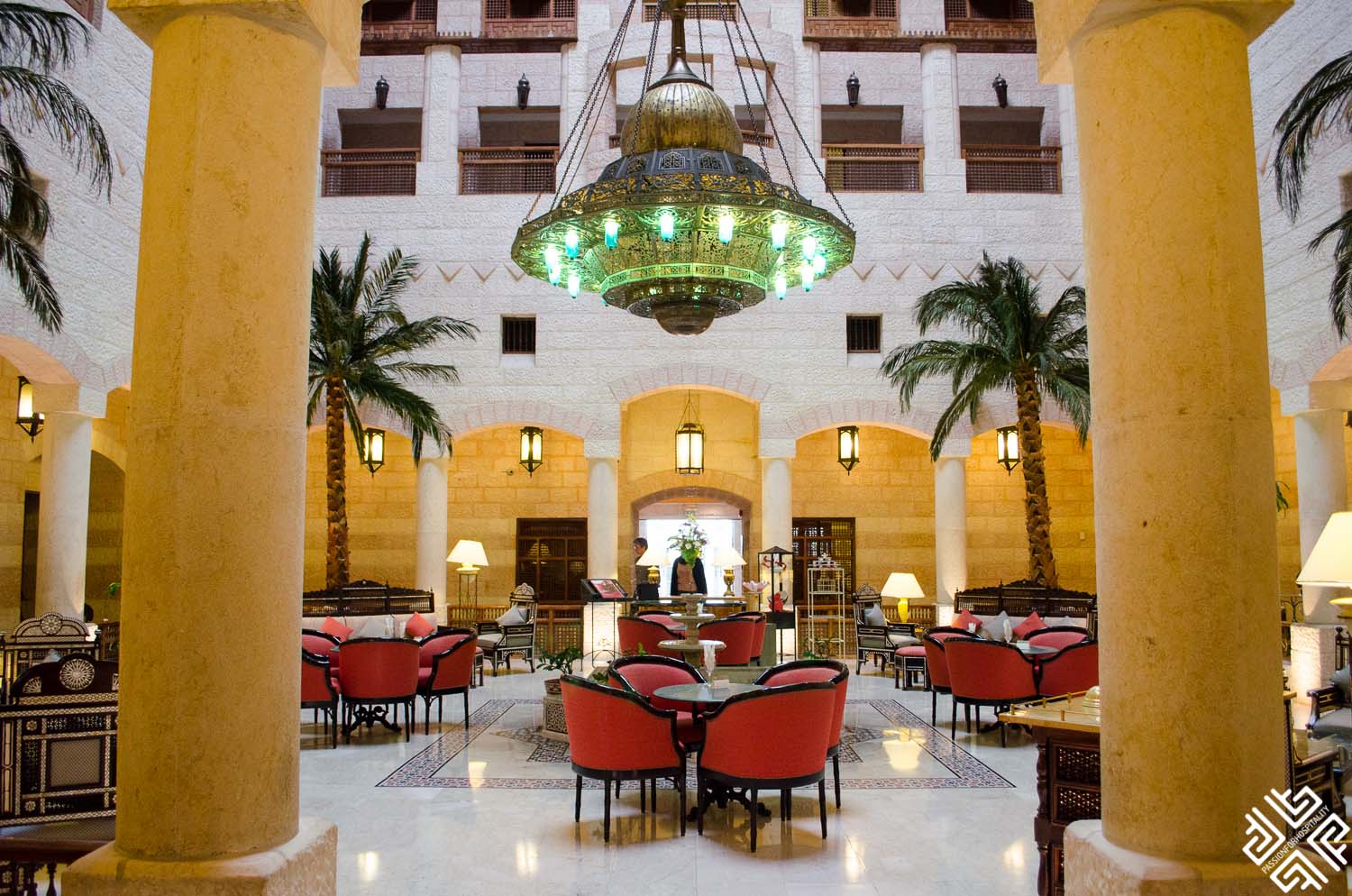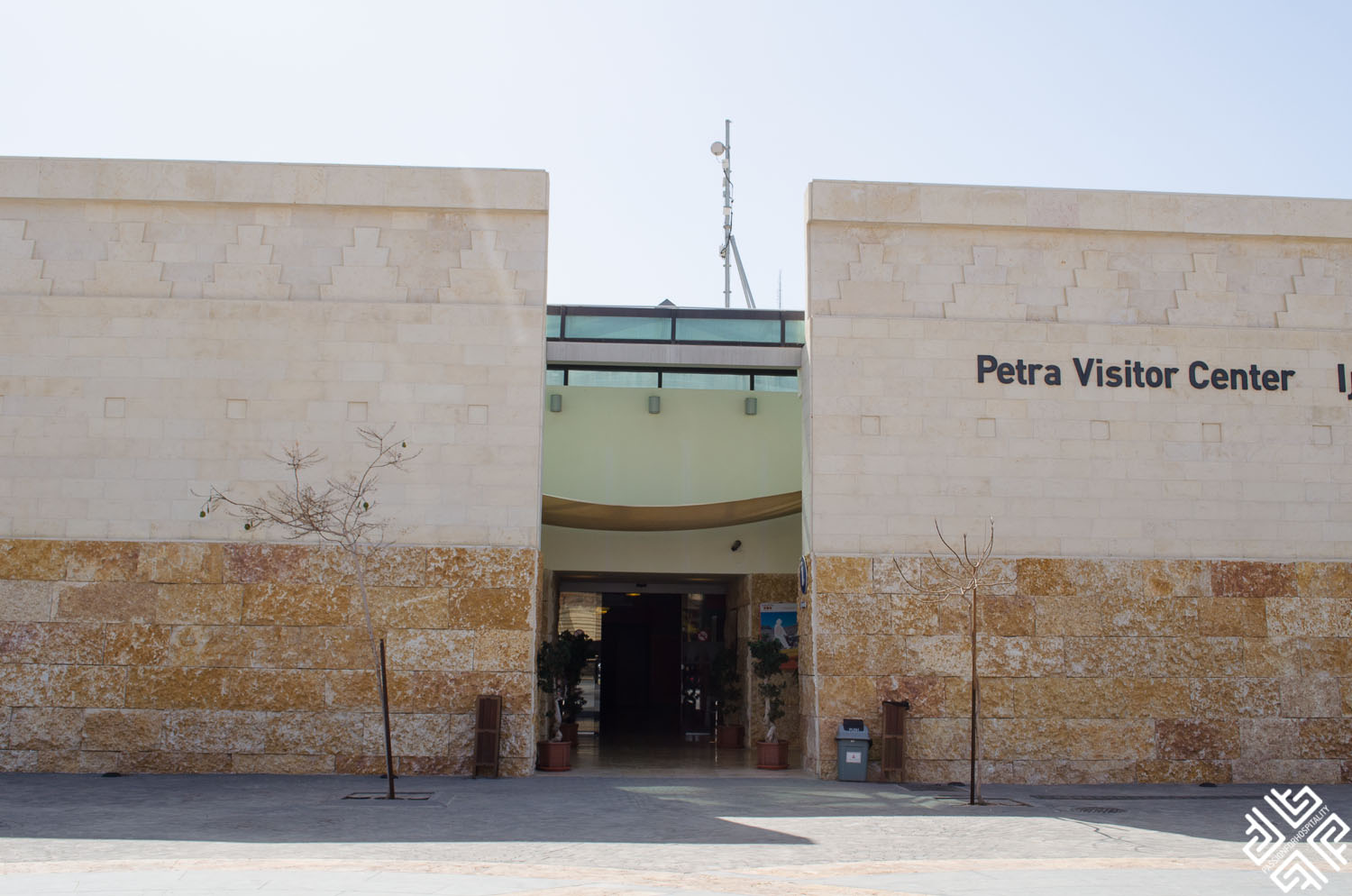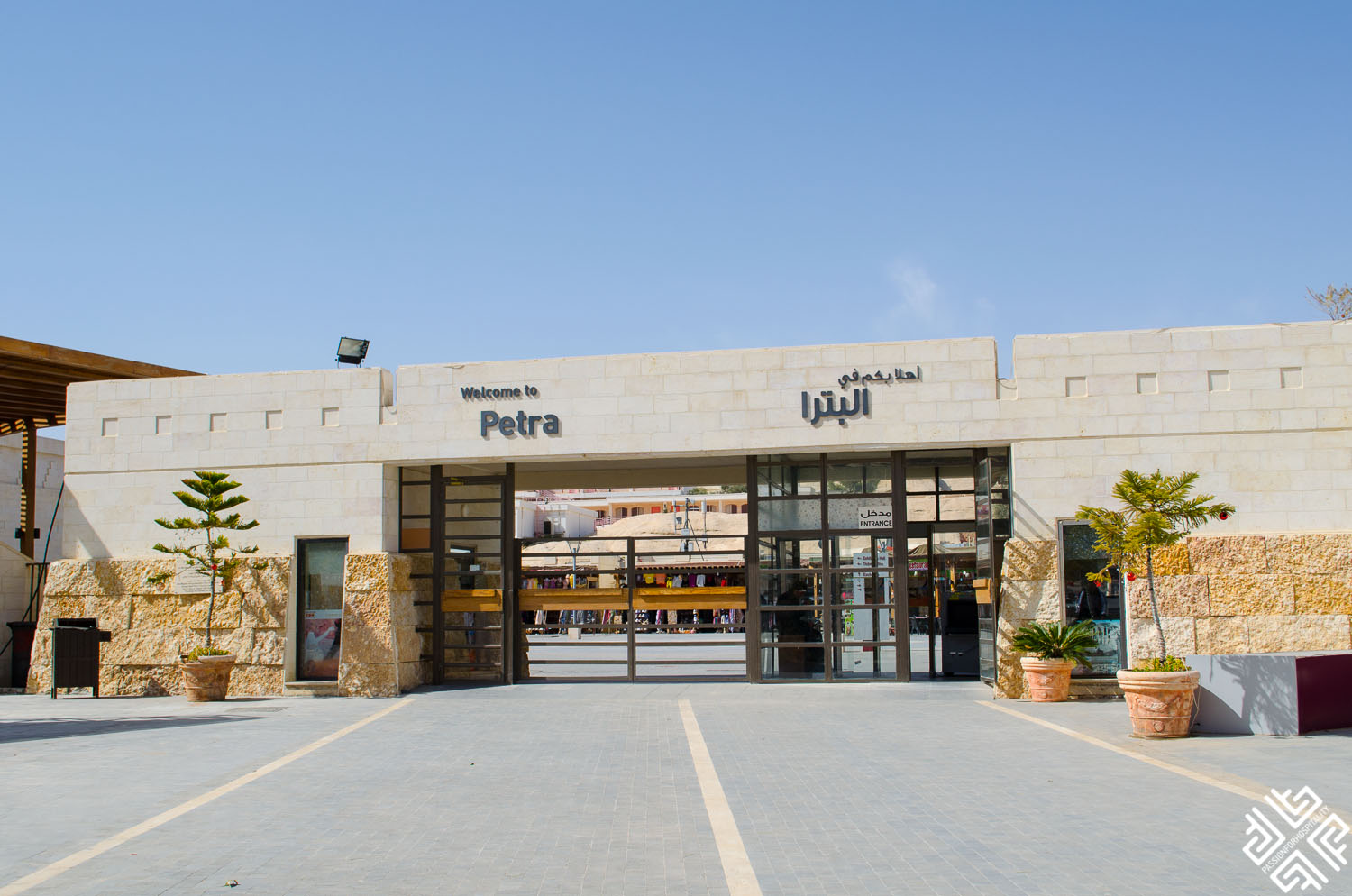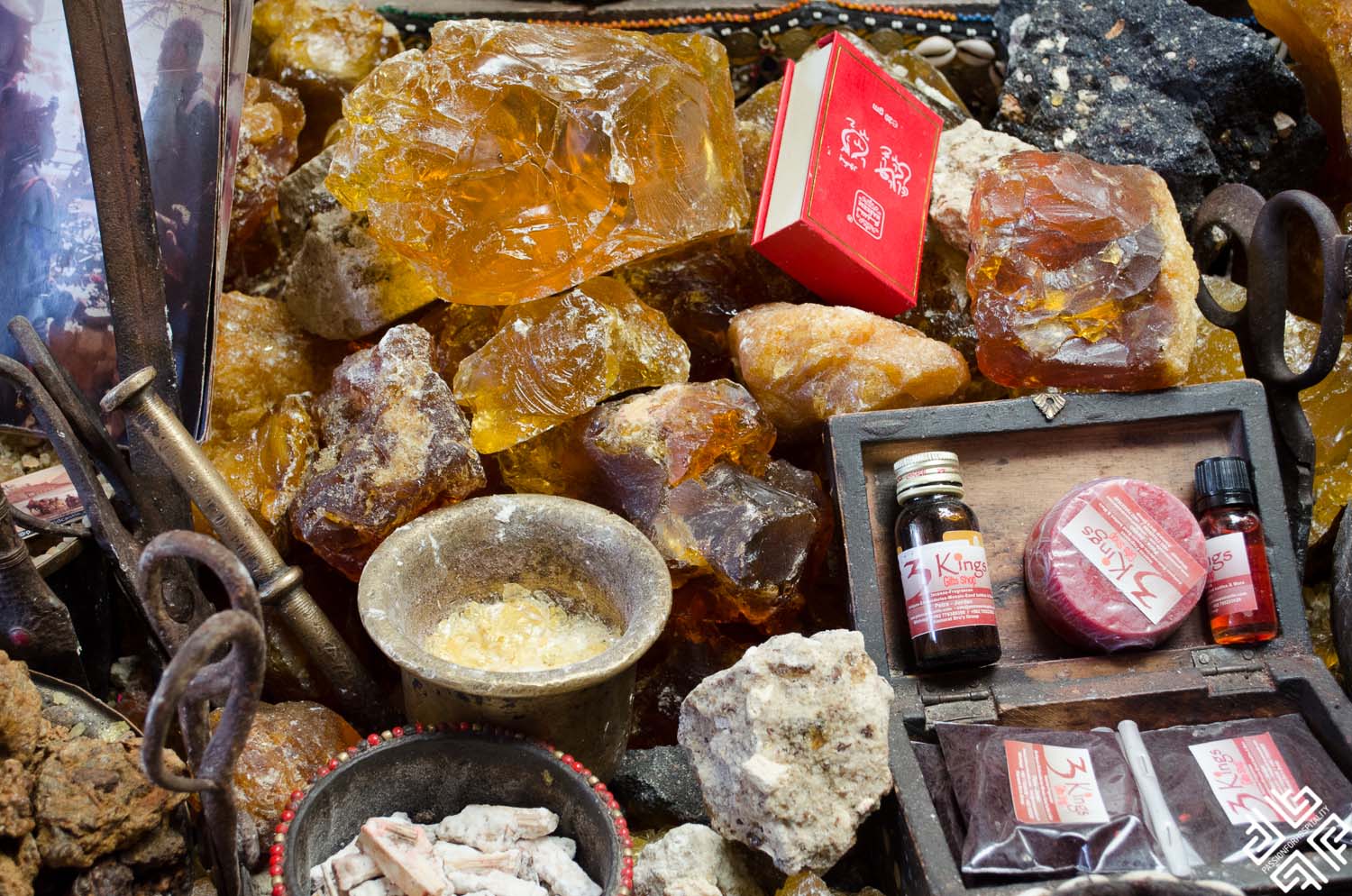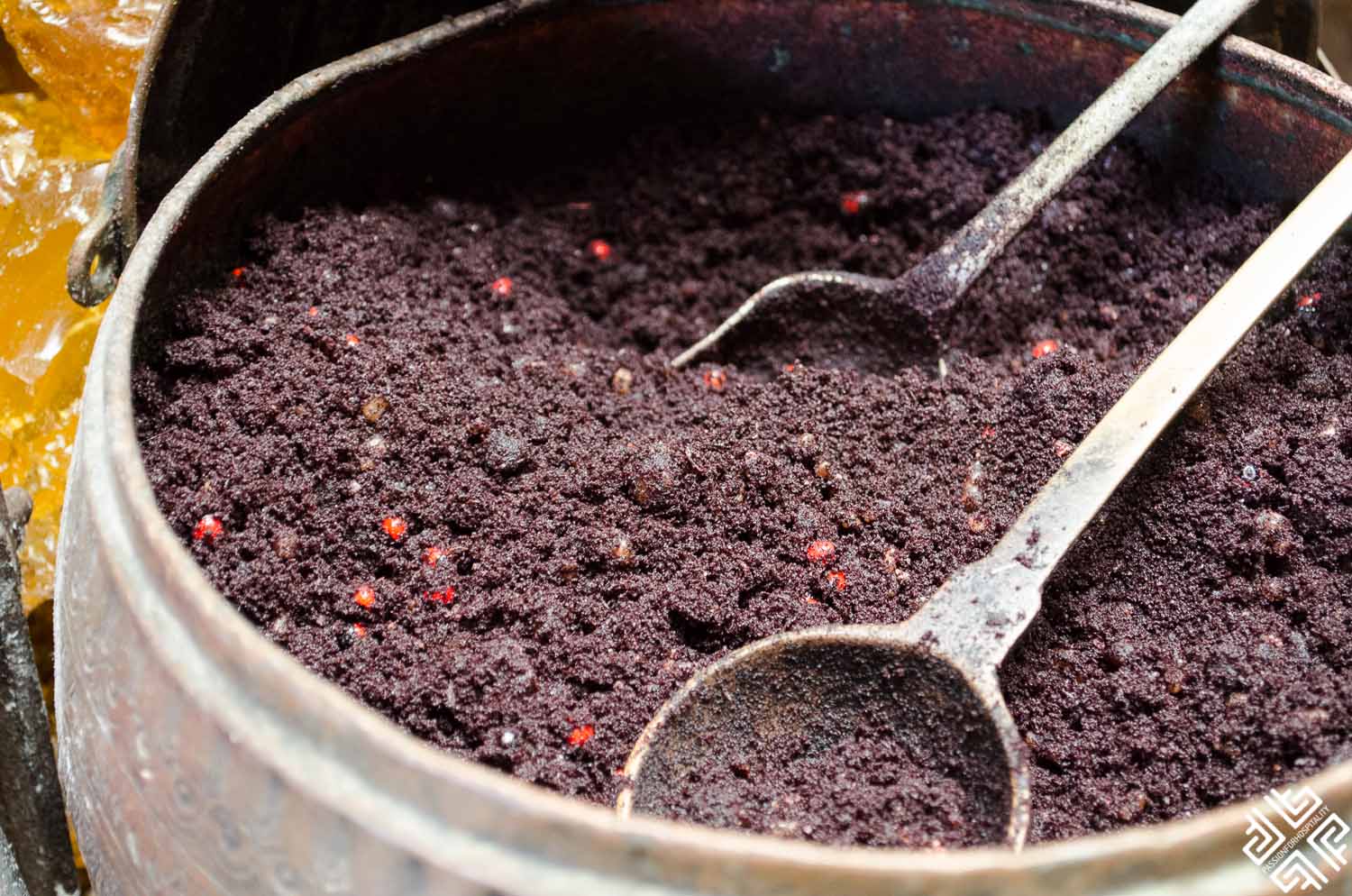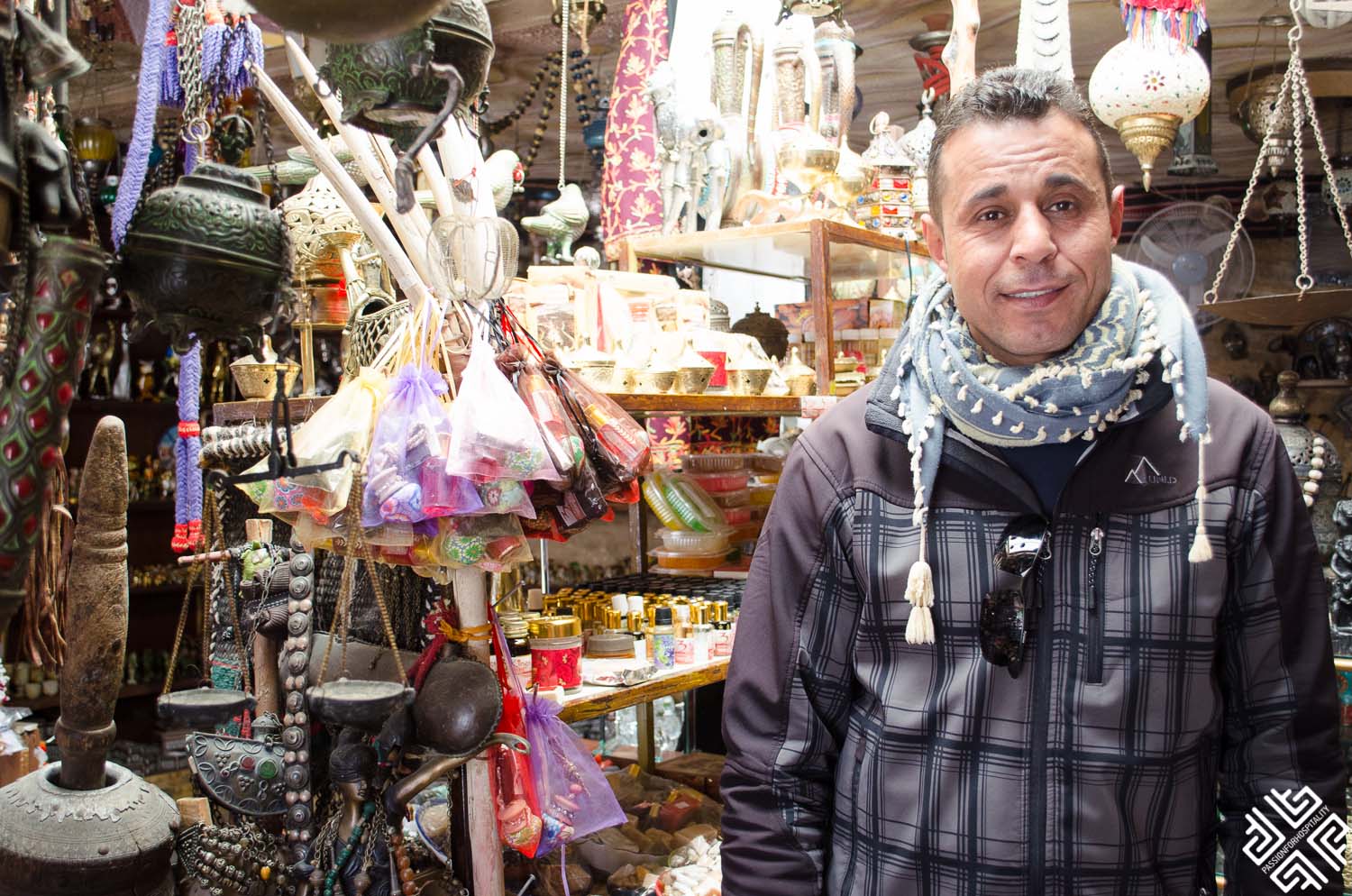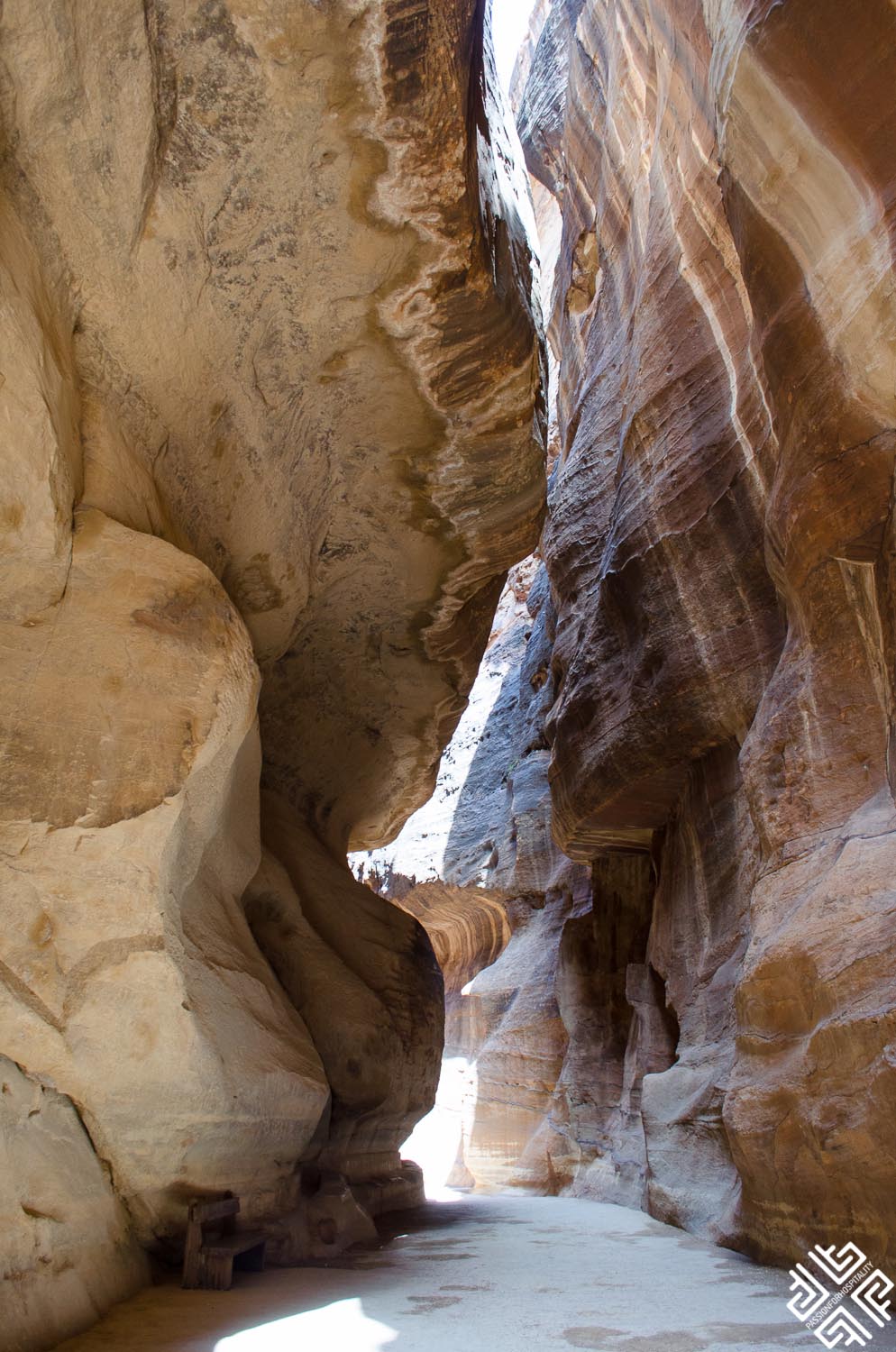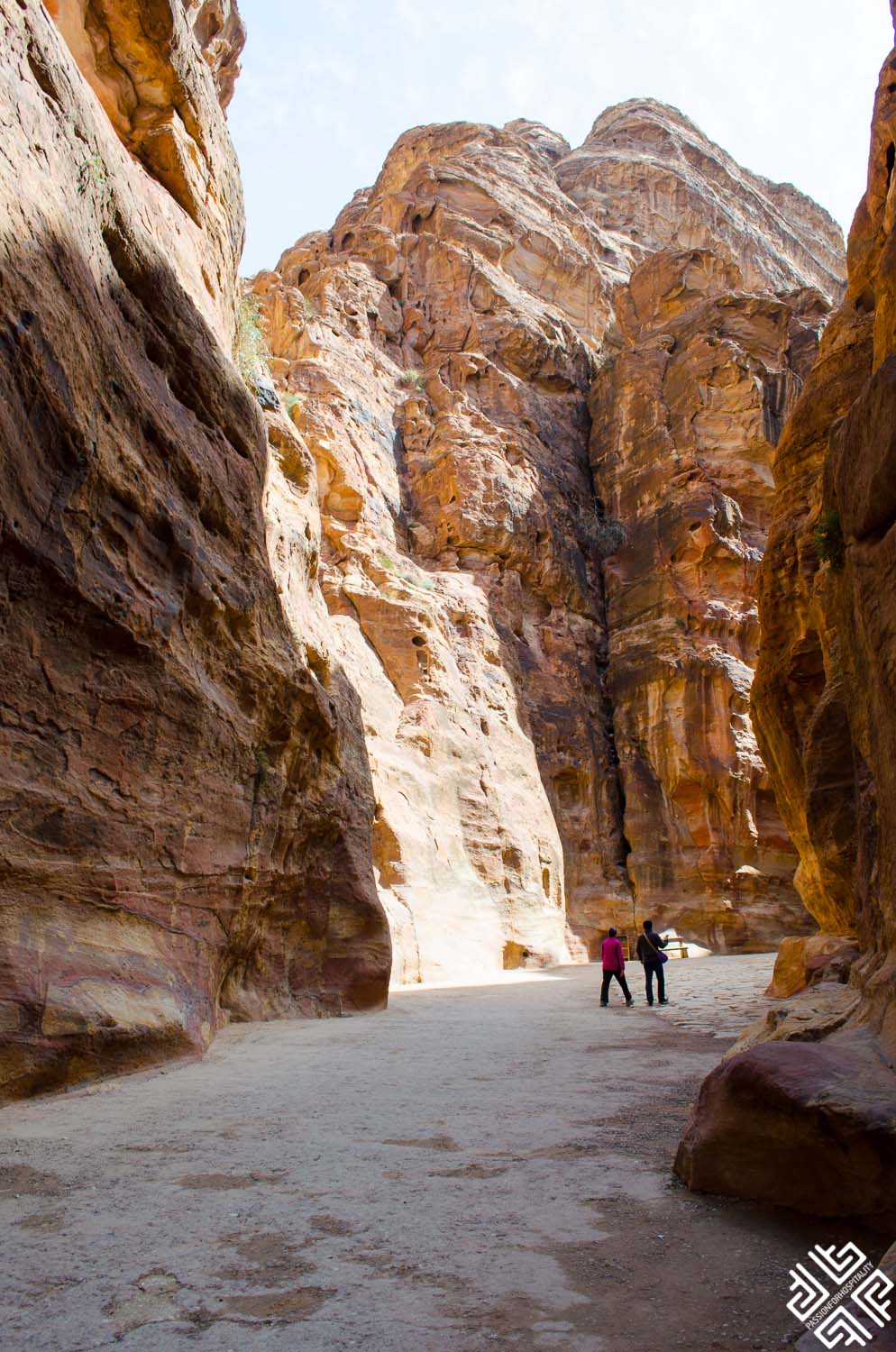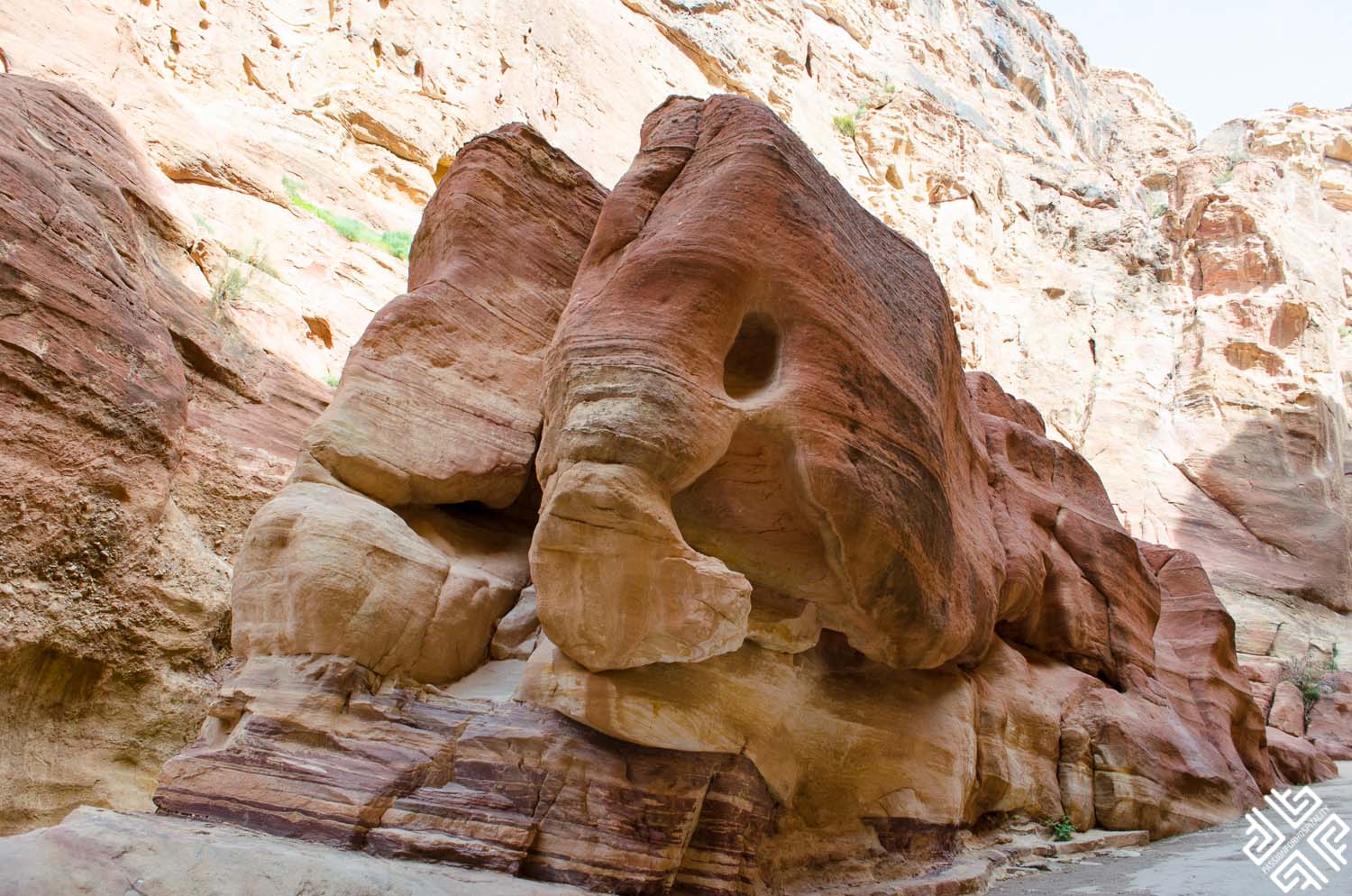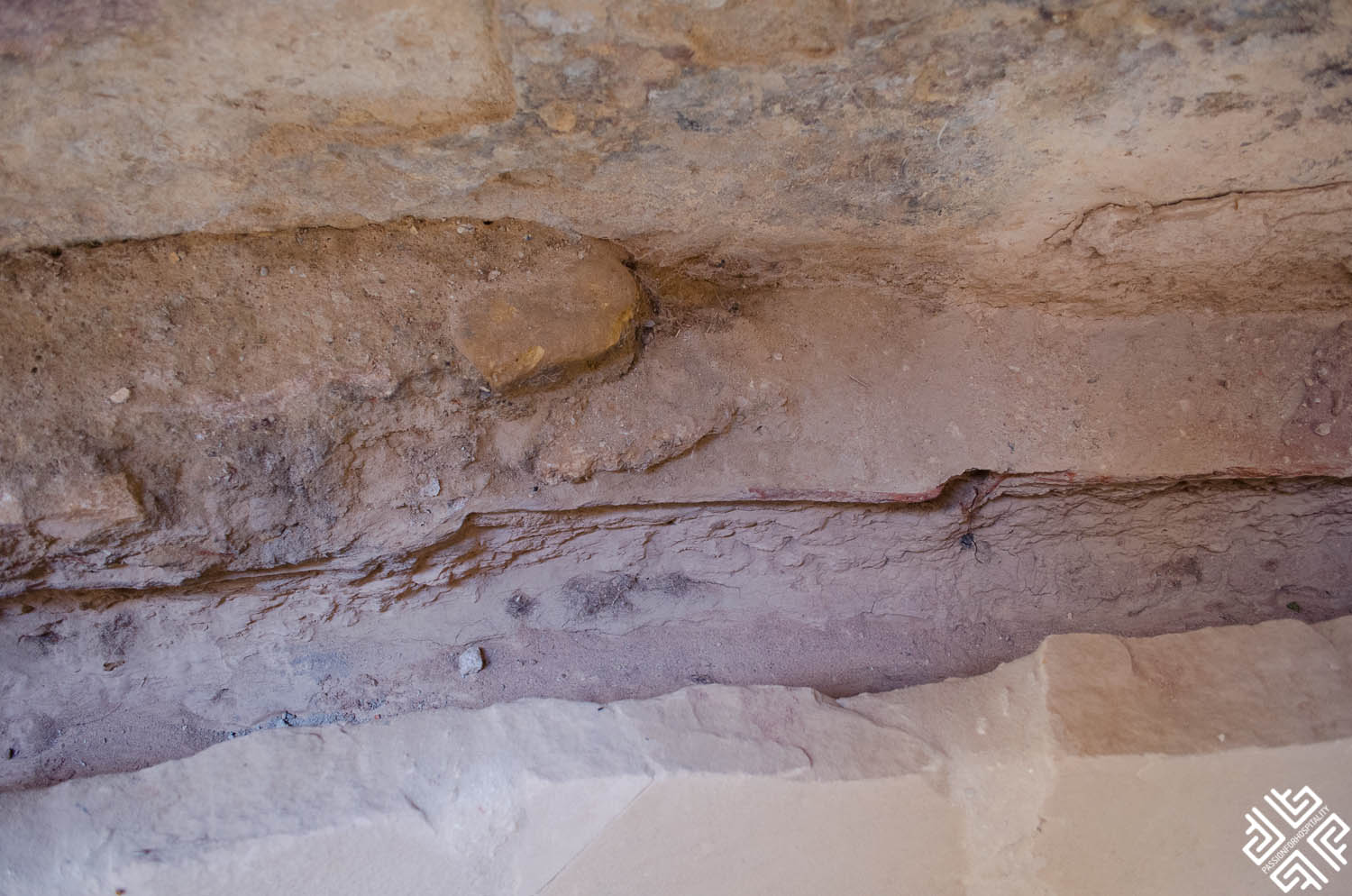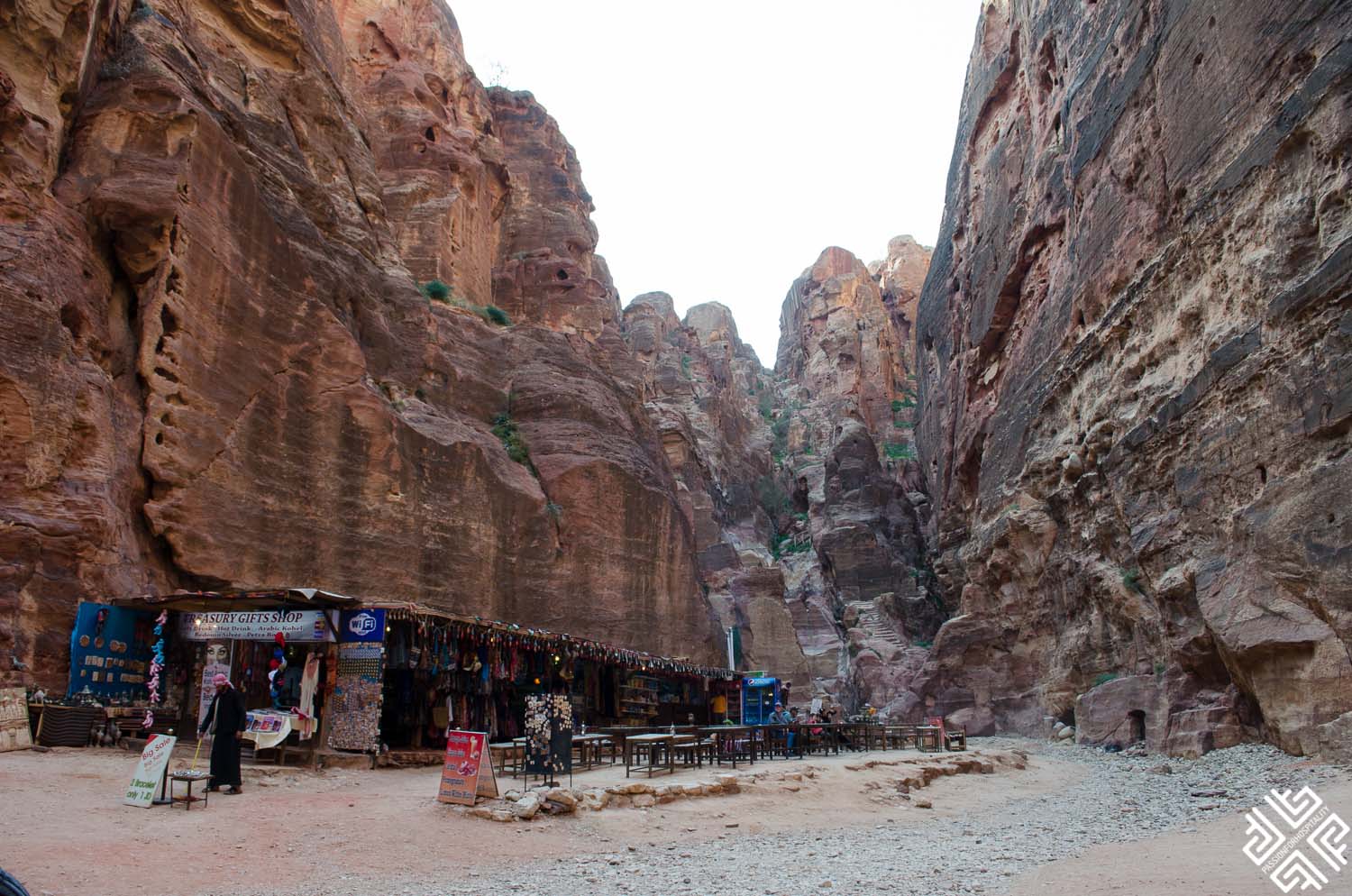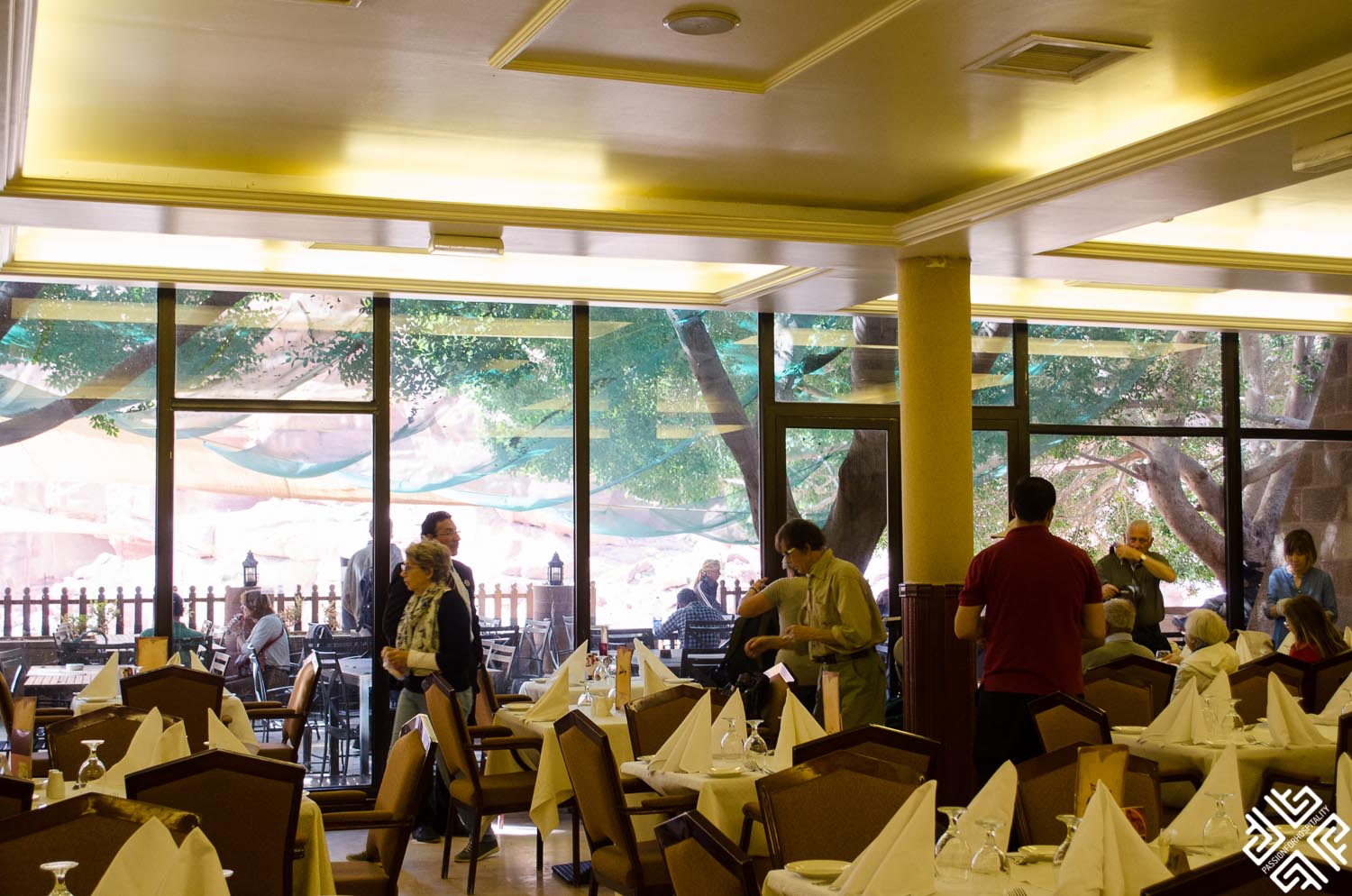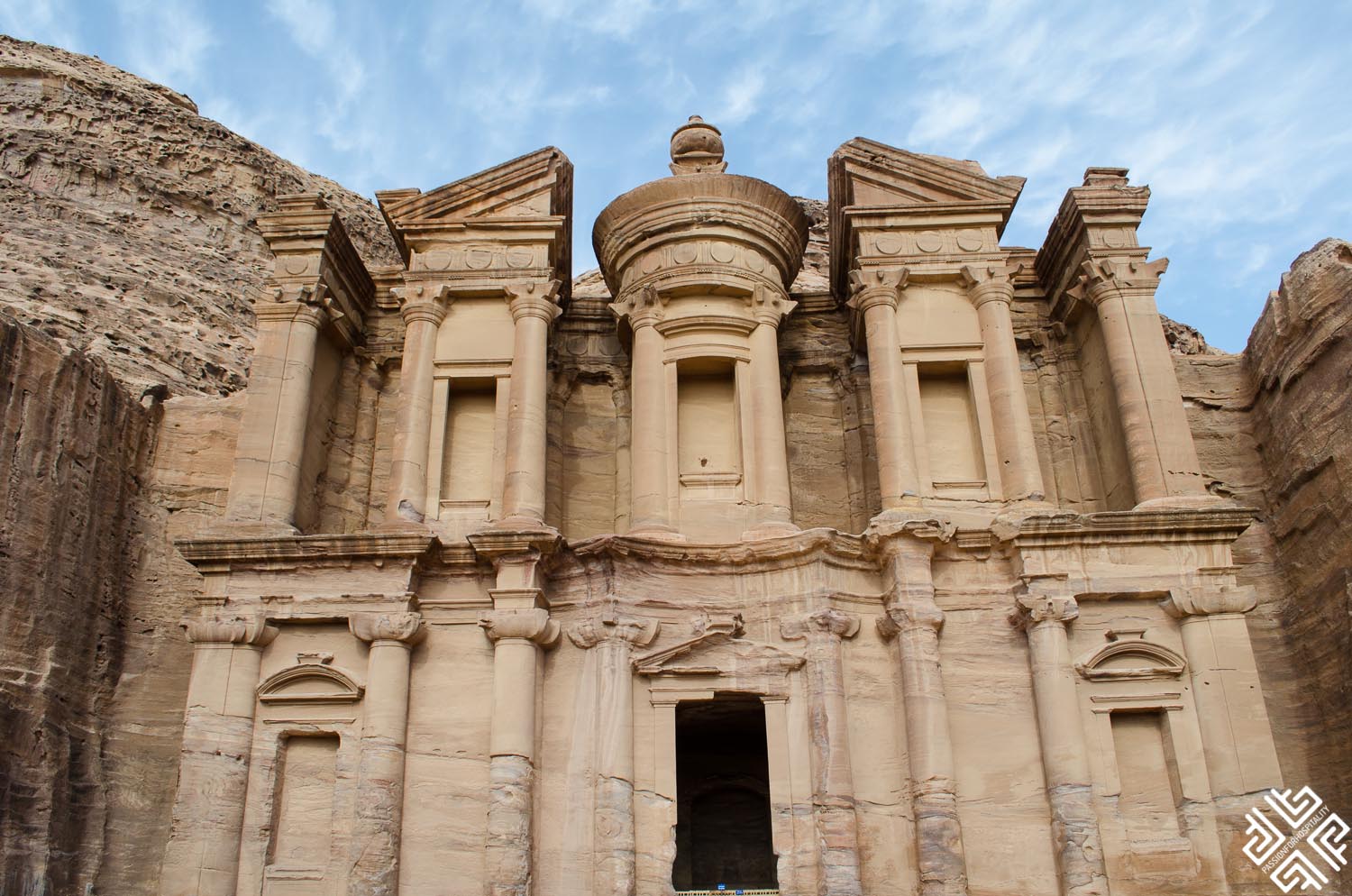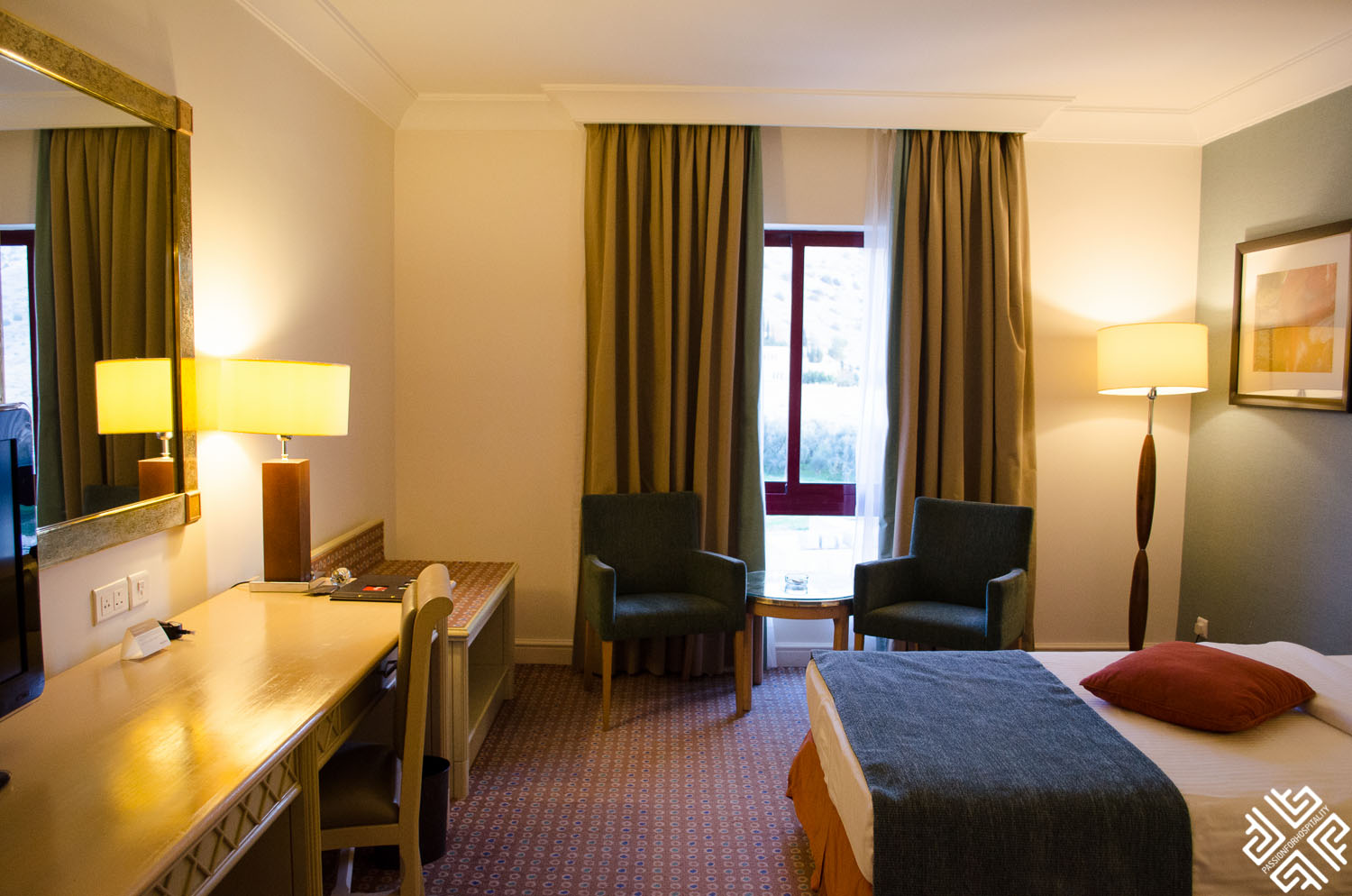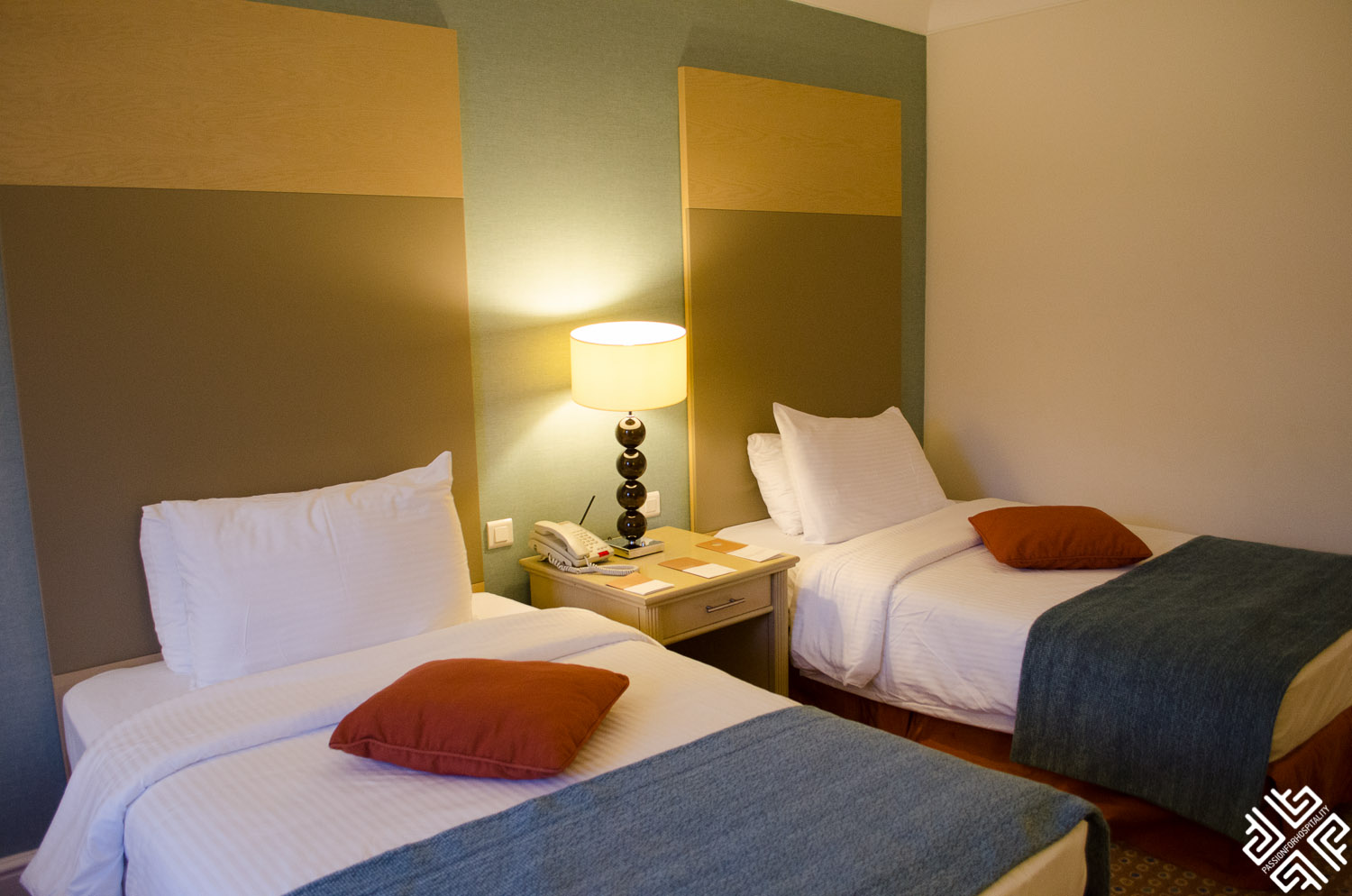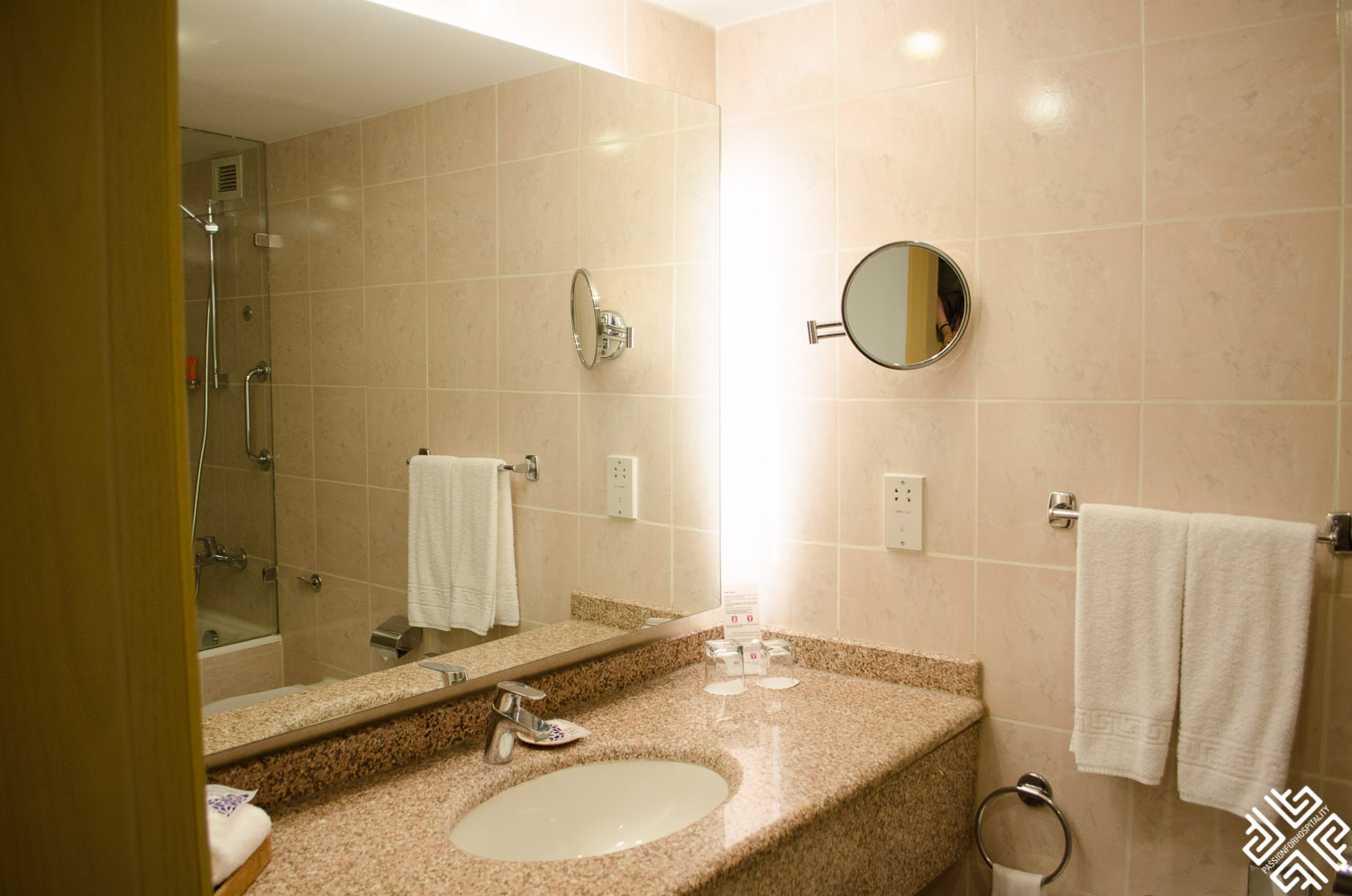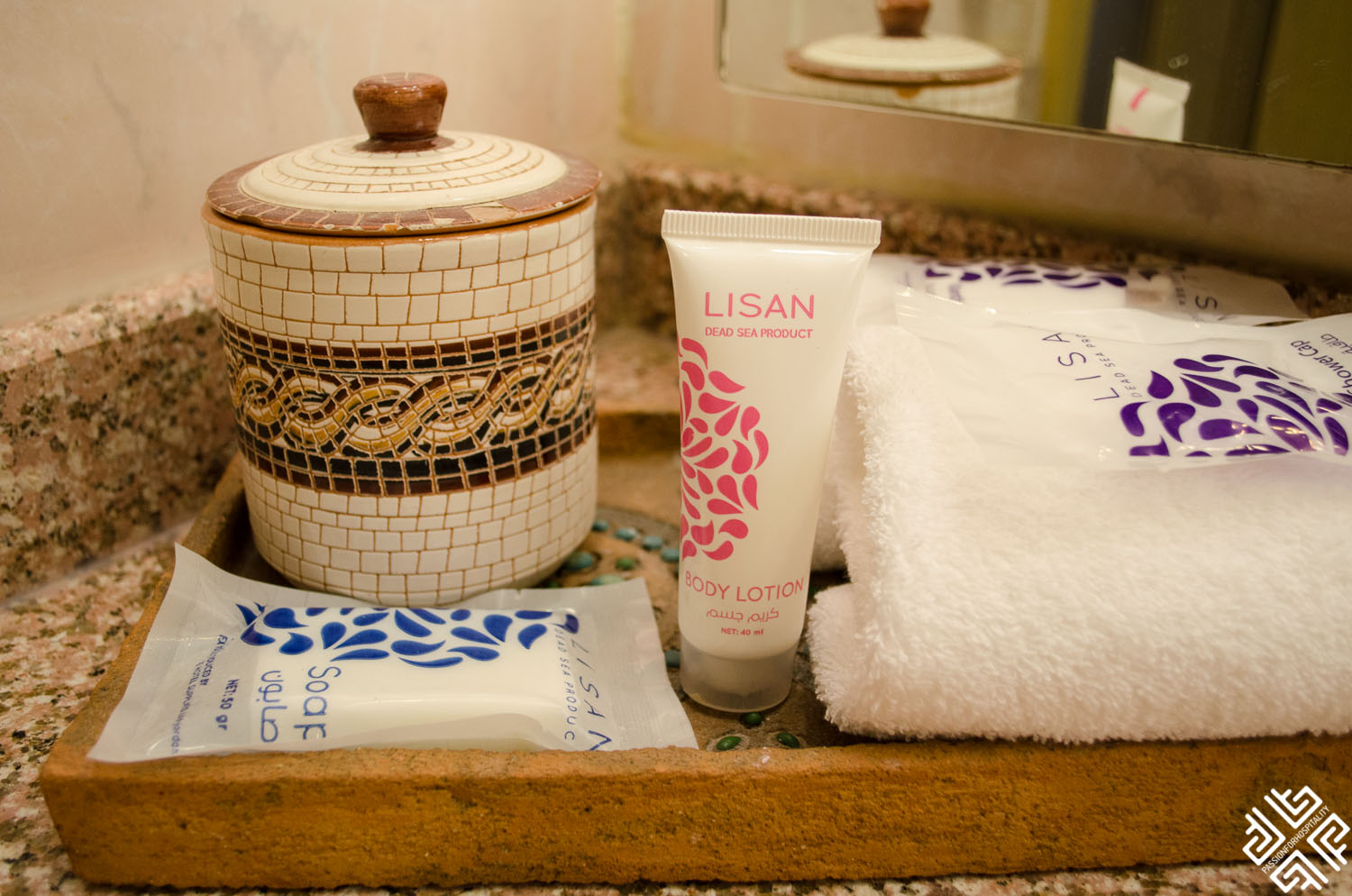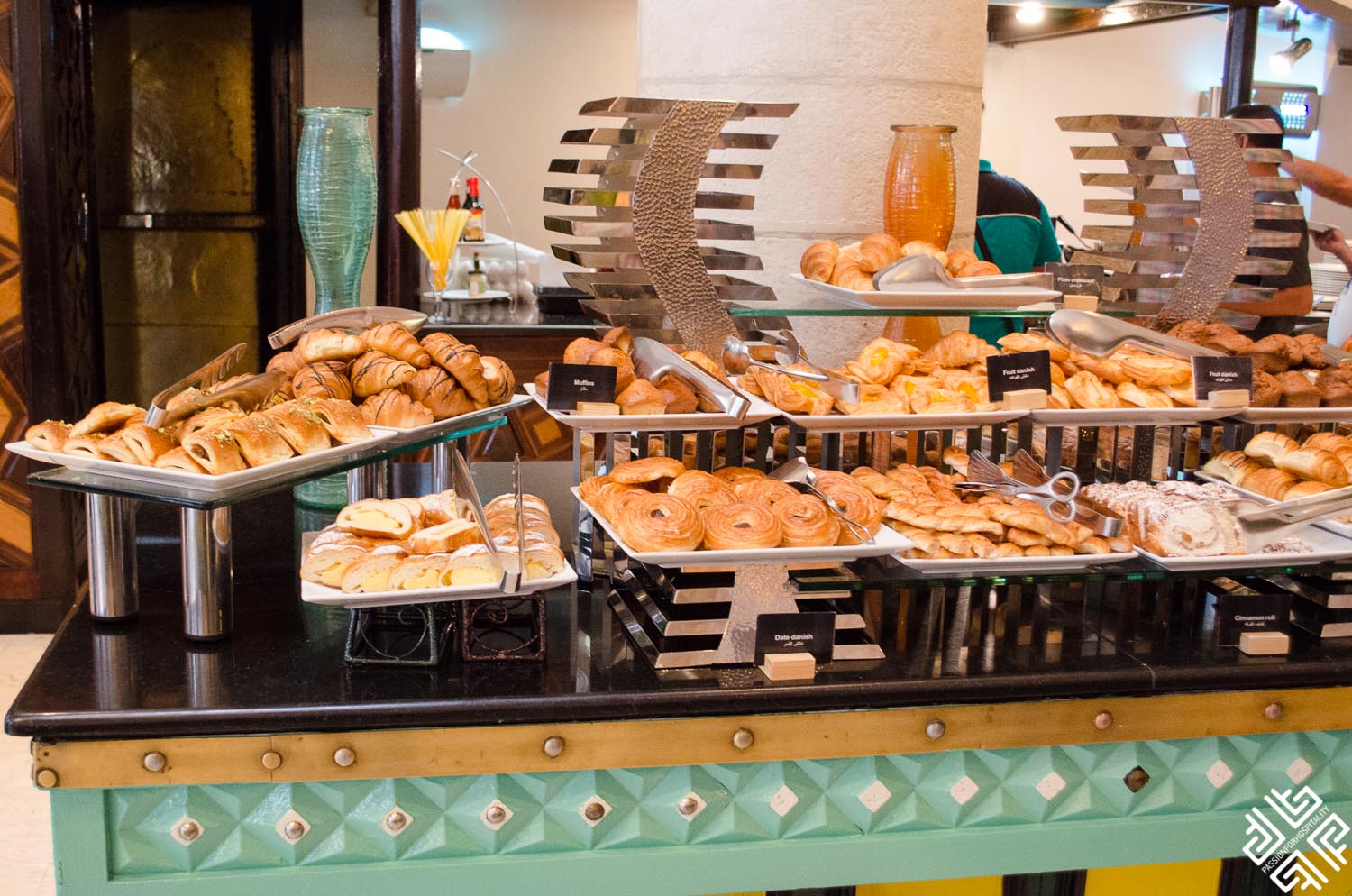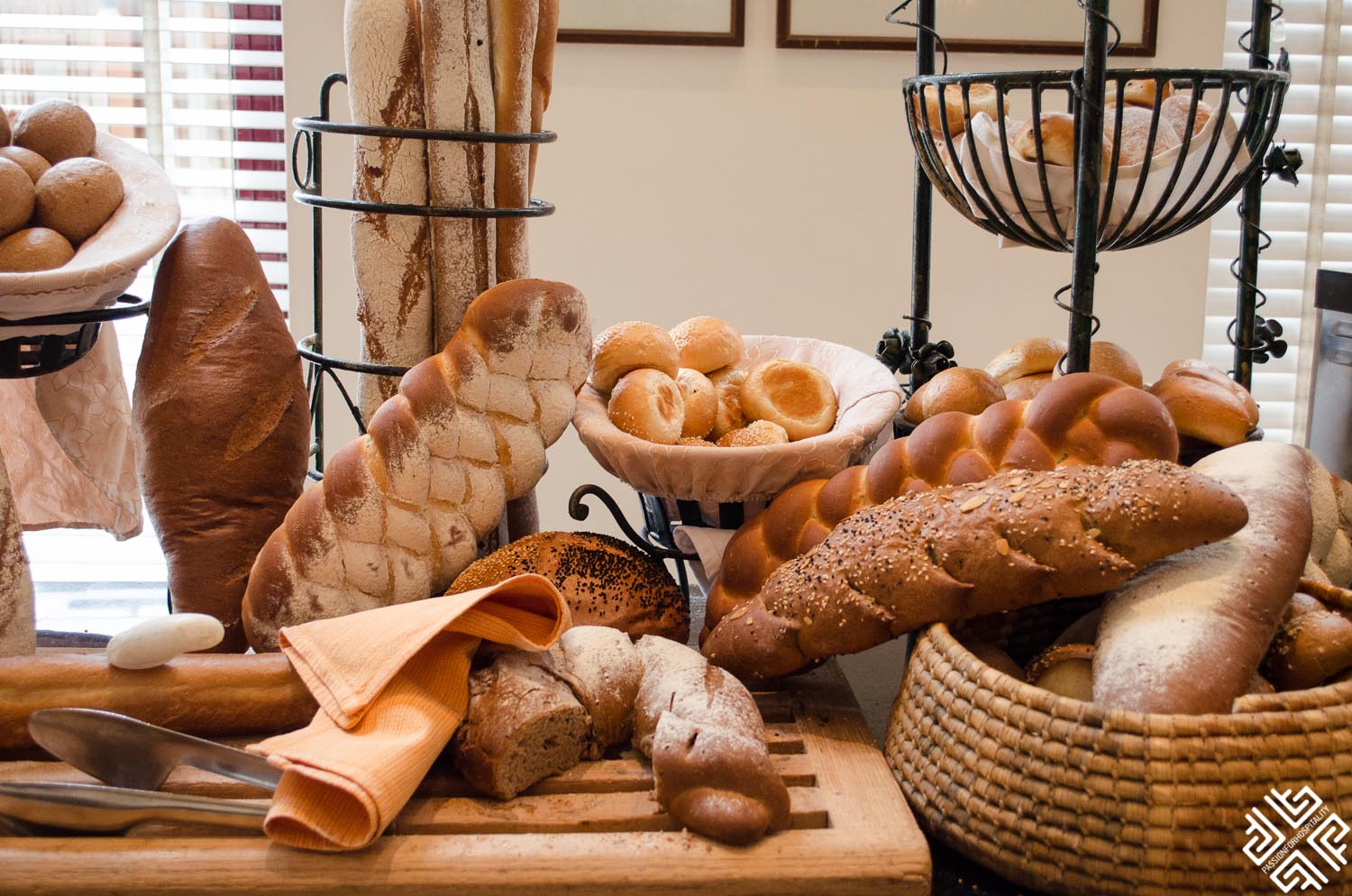“A trip to Petra will definitely be a life changing one, you will see…” said a friend of mine over dinner as I was getting ready to depart for my trip to Jordan in a few days. Every trip is a unique experience that awakens something new. Your mind expands to new horizons and when you do finally return, you feel as you have been enriched with knowledge and have accumulated a few more questions about the fascinating journey called life.
Our trip to Petra started early in the morning as we met with our guide Salah in the lobby of our hotel in Amman. The drive to Petra takes approximately three hours and many visitors choose to take a day trip from Amman. However if you really want to experience Petra then you should plan to stay there for at least one night.
Wadi Musa
We arrived in Wadi Musa the town which is home to the famous Petra just a little before noon and after dropping our luggage off at the Mövenpick Resort Petra which is located right across from the entrance of the historical site, we embarked on the magnificent journey of discovering Petra.
It is here in Wadi Musa the Arabs believe that Moses struck a rock causing water to burst. Today there are approximately 17,000 people living in the area and most of them are involved in the tourism industry. In 1982 there were only two hotels in Petra, today they count a total of 69 hotels. You might be interested to learn how to budget your trip.
Discovering Petra —The History of the Lost City of Petra
The Lost City of Petra is a phenomenon and one of the most compelling archaeological sites in the world. Listed as one of the new 7 Wonders of the World, this now-abandoned rose-city was once a thriving monumental structure that was built by the Nabateans more than 2,000 years ago. Until this day only 15 percent of Petra has been discovered, the city has many more secrets to reveal. An ancient city where the breathtaking cliff carvings are set amid rocky desert canyons surrounded my majestic mountainscapes.
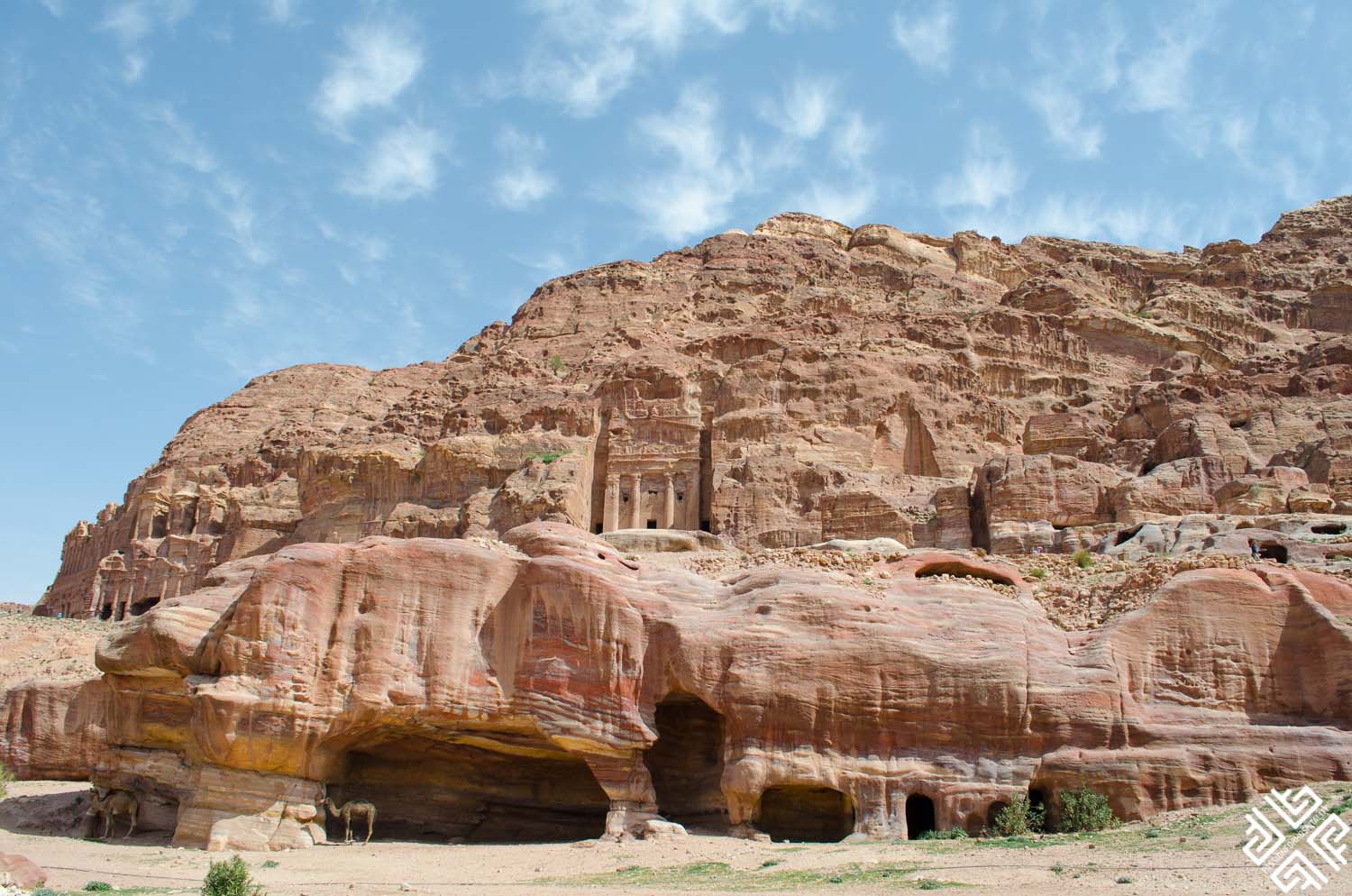
As Salah explained, for hundreds of years Petra was lost to the Western world until a Swiss professor from Lausanne by the name of Johann Ludwig Burckhardt was traveling from Egypt to Aleppo. Somewhere along his journey he heard of the place called Petra which unfortunately could not be accessed unless you were Muslim. Burckhardt was so intrigued by this story that he settled in Aleppo to learn Arabic. In 1812 he converted to Islam calling himself Ibrahim Ibn Abdallah. His plan was to get in pretending that he was going to sacrifice a goat to Aaron, the bother of Moses. To get around the area he hired a local Bedouin by the name of Hamid to show him the way.
Until 1983 the Bedouins still lived in the caves of Petra and in 1985 after Petra Archaeological Park was declared a UNESCO World Heritage site, they were given houses in a mountainous area near by. In case you are visiting Petra with kids you can adjust your pace accordingly.
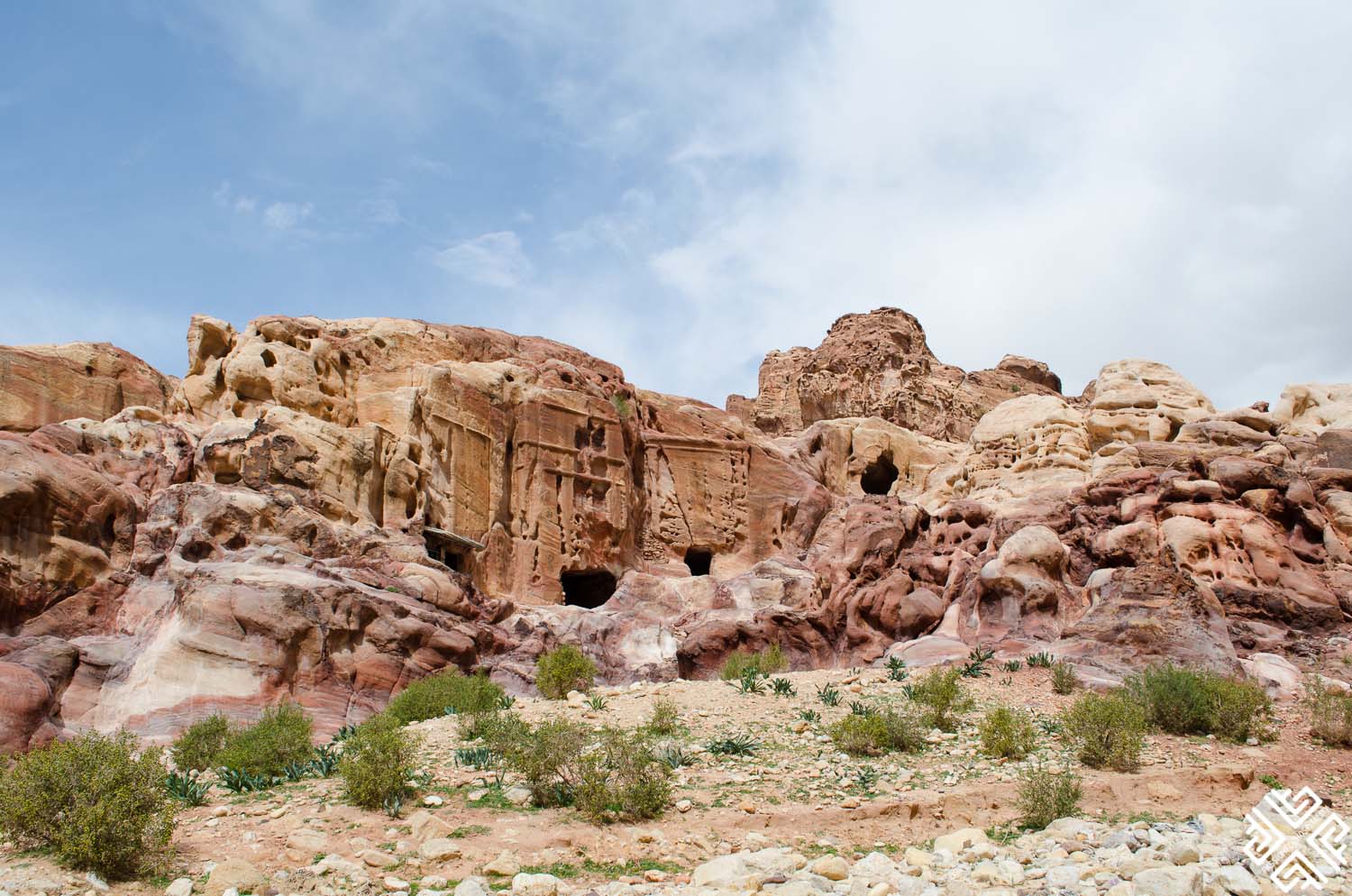
There are many versions to the story of the Lost City of Petra, yet until this day no exact evidence has been found as 85 percent is still found underground and untouched. So who were the Nabateans?
The Nabateans were nomads who had established themselves in the area around Petra which they called Raqmu. In fact the word Petra translating from Greek means rock. Traces of Nabatean and Greco-Roman architectural styles are evident in the tombs that dot the grounds of Petra today. Heavily involved in the frankincense and myrrh trade the Nabateans first acted as the middlemen controlling the ferrying of goods from Petra to the ports of Gaza and Alexandria, which later resulted in them controlling a vast part of the Middle East.
Highly skilled master engineers and urban planners the Nabateans constructed innovative dams to collect and to control the water reaching the area and traces of the terracotta pipes can be found around Petra.
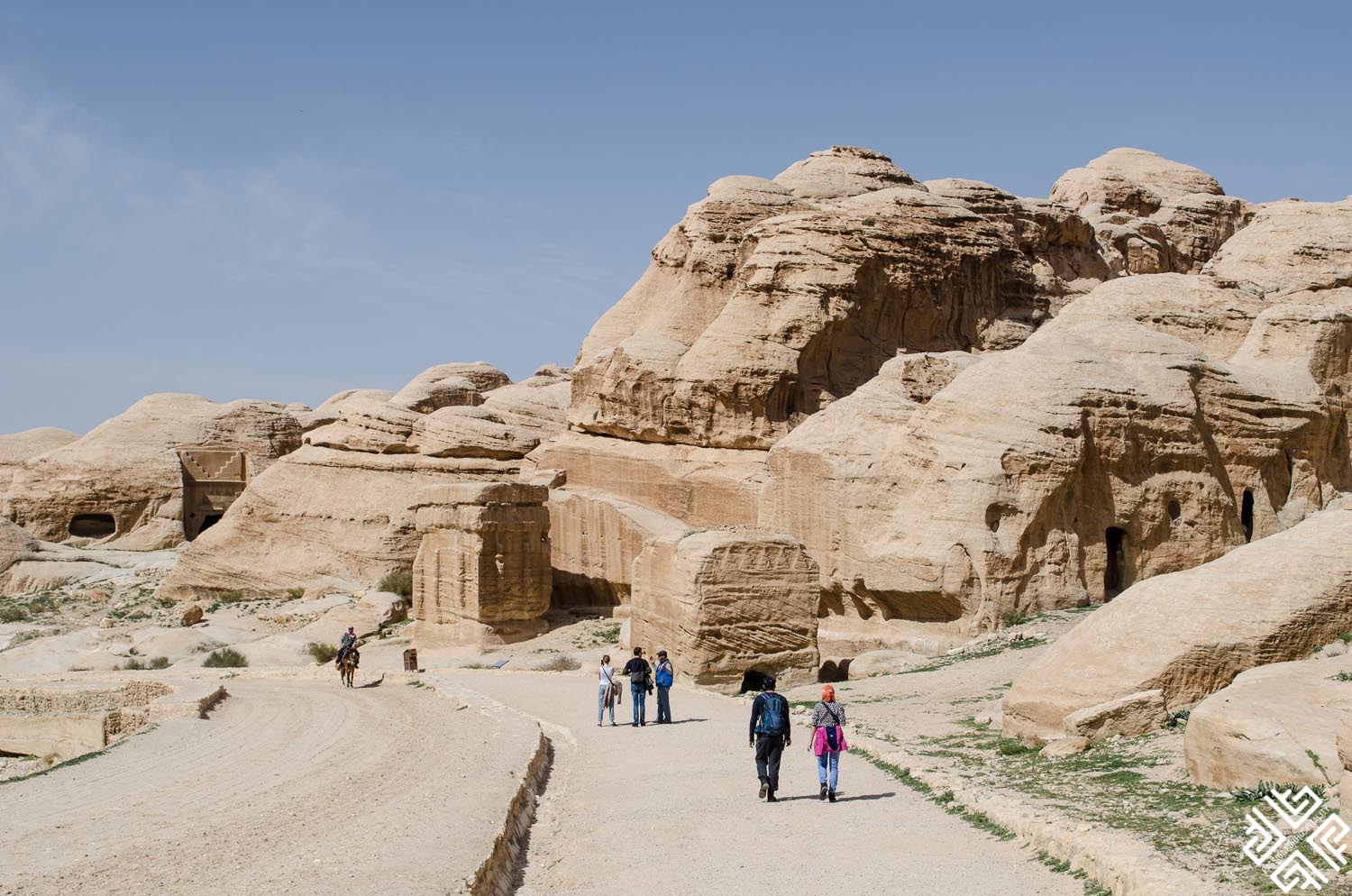
A day is not enough to explore this mystical place perhaps not even a week or a month, but then of course it depends on one’s curiosity to take the hiking trails that map this historical land. As you will pass through the gate of the Visitor Centre you will find yourself at the Bab Al Siq which translating from Arabic means the gateway to the siq.
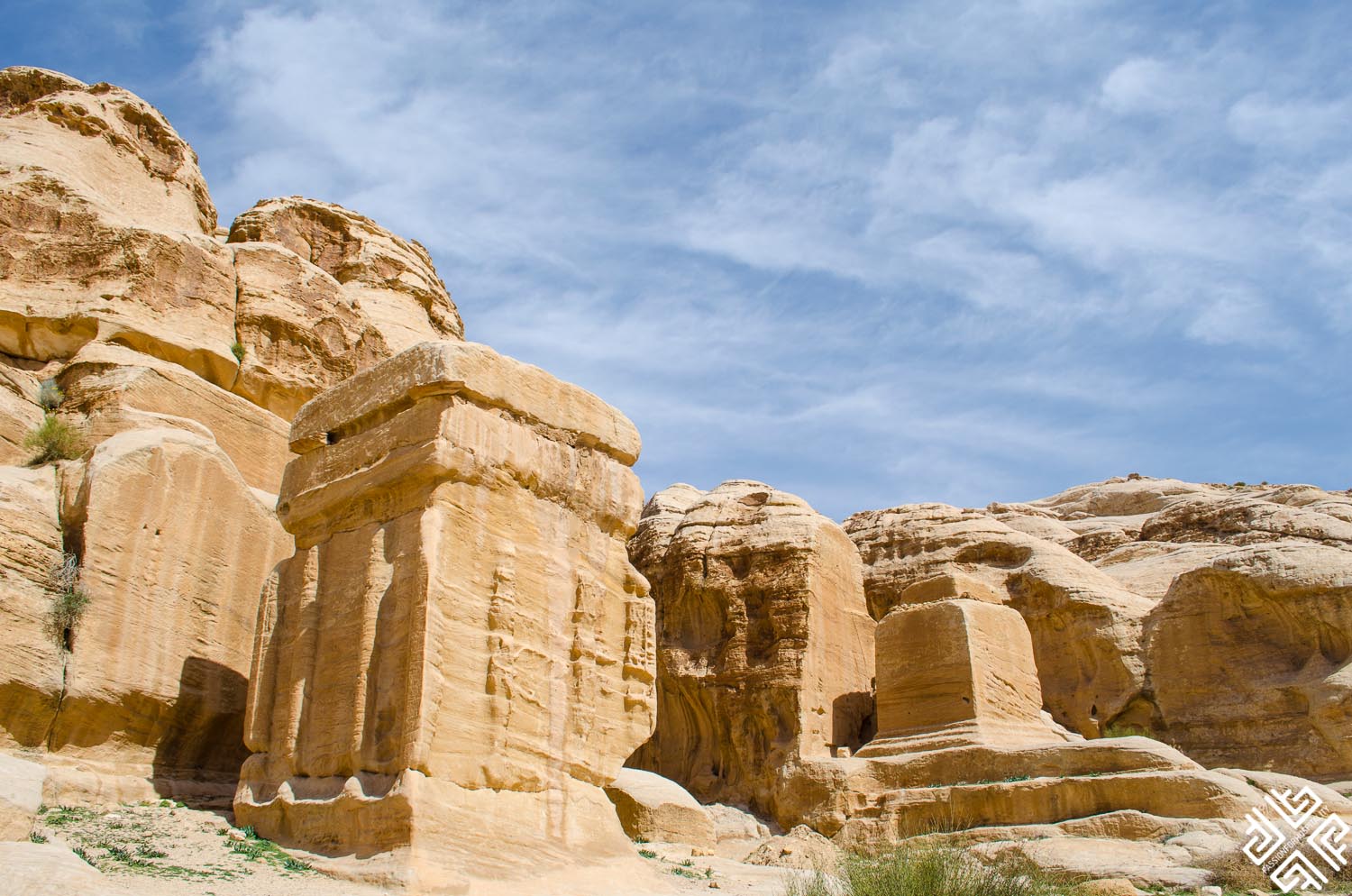
Here you will see the Obelisk Tomb which was carved by the Nabateans in the 1st century AD and was said to be built for five people as seen in the evidence of a statue.
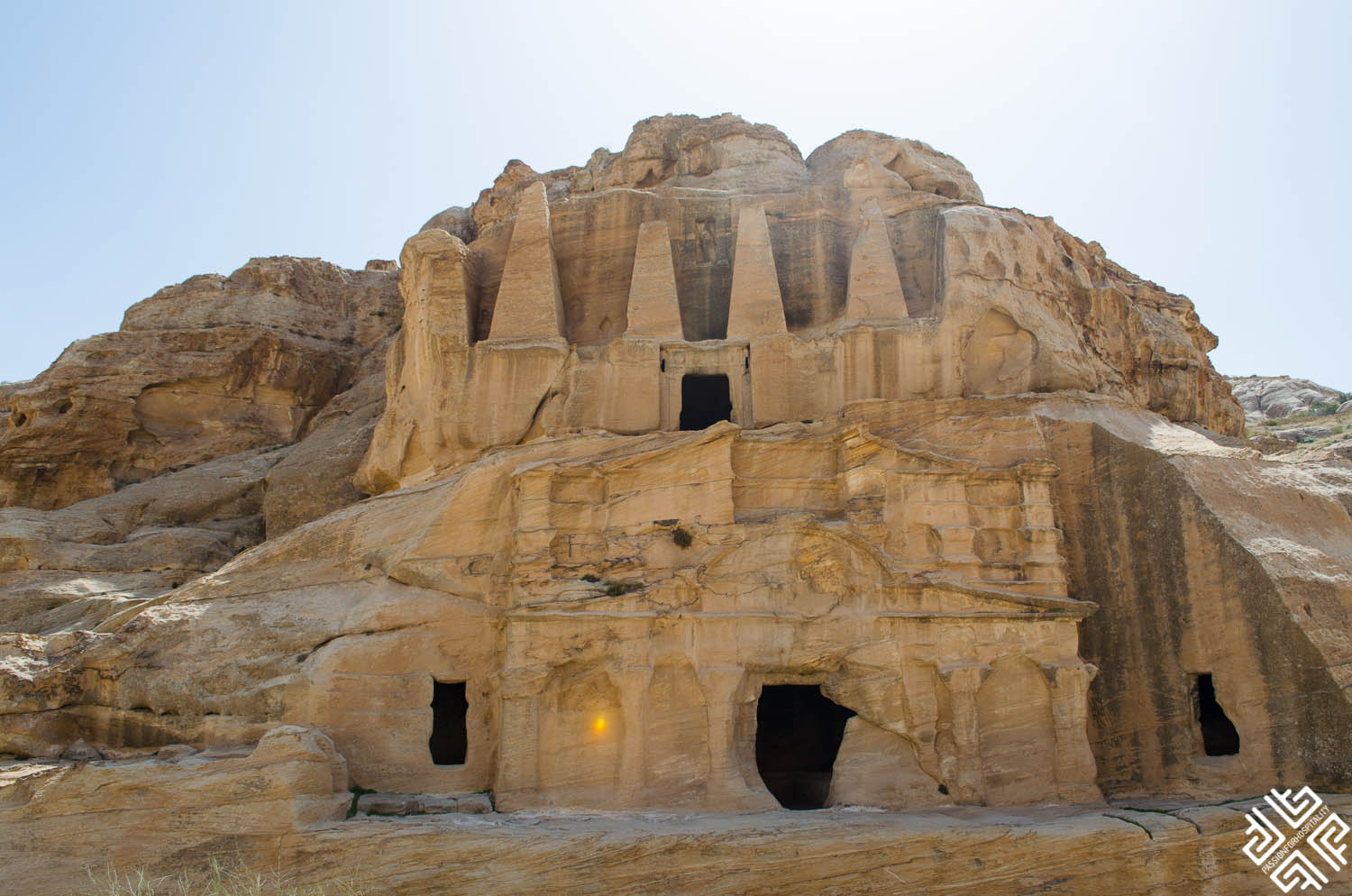
Here you can take a horse ride from the entrance of the Visitor Centre until the Siq which starts at entrance of the Dam which is included in the ticket price, you will just need to tip the local Bedouin.
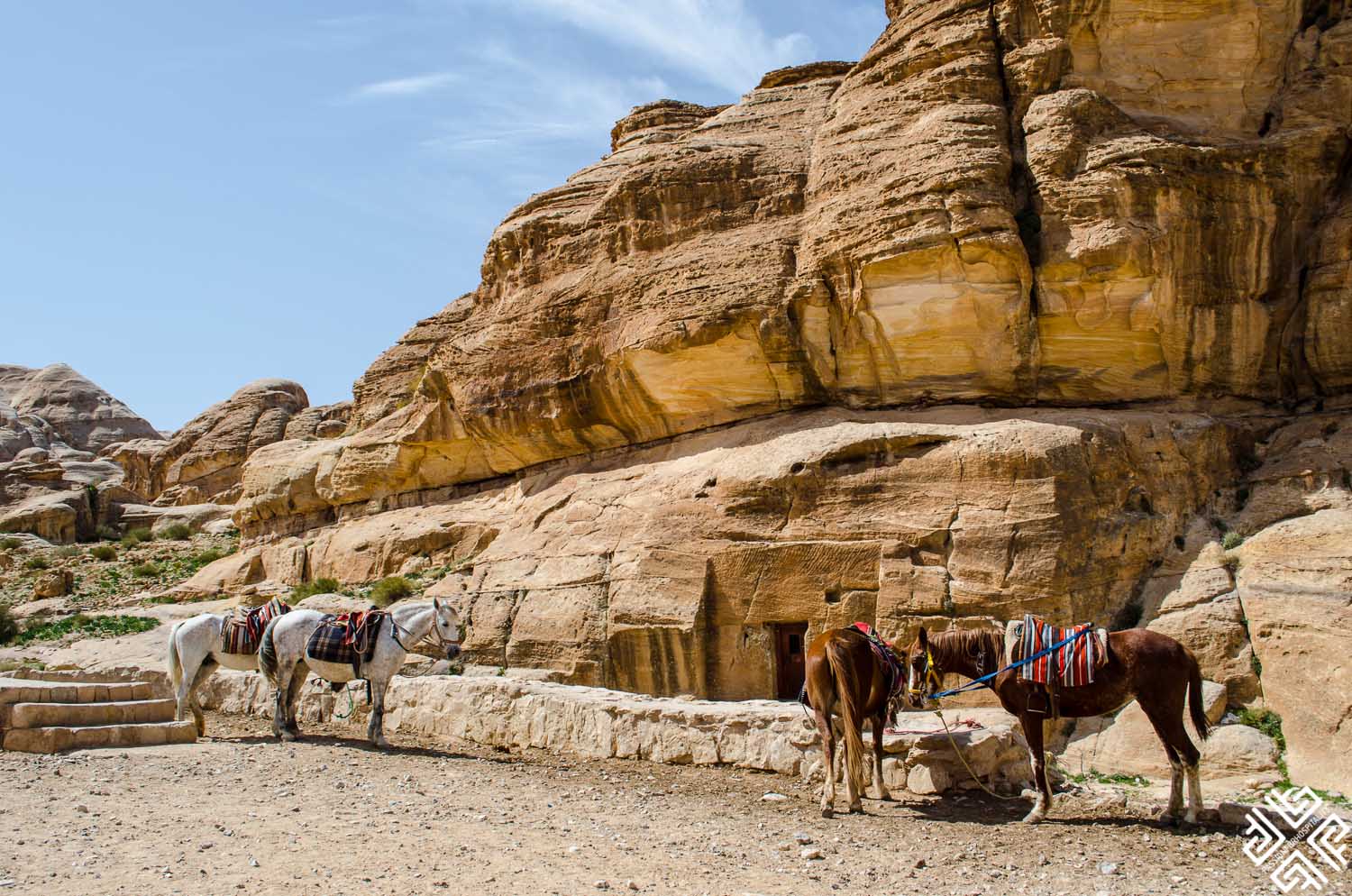
The Siq
This is the ancient entrance which leads inside the city of Petra. It is approximately 1200 meters in length and its width varies between 3 to 12 meters in certain areas.
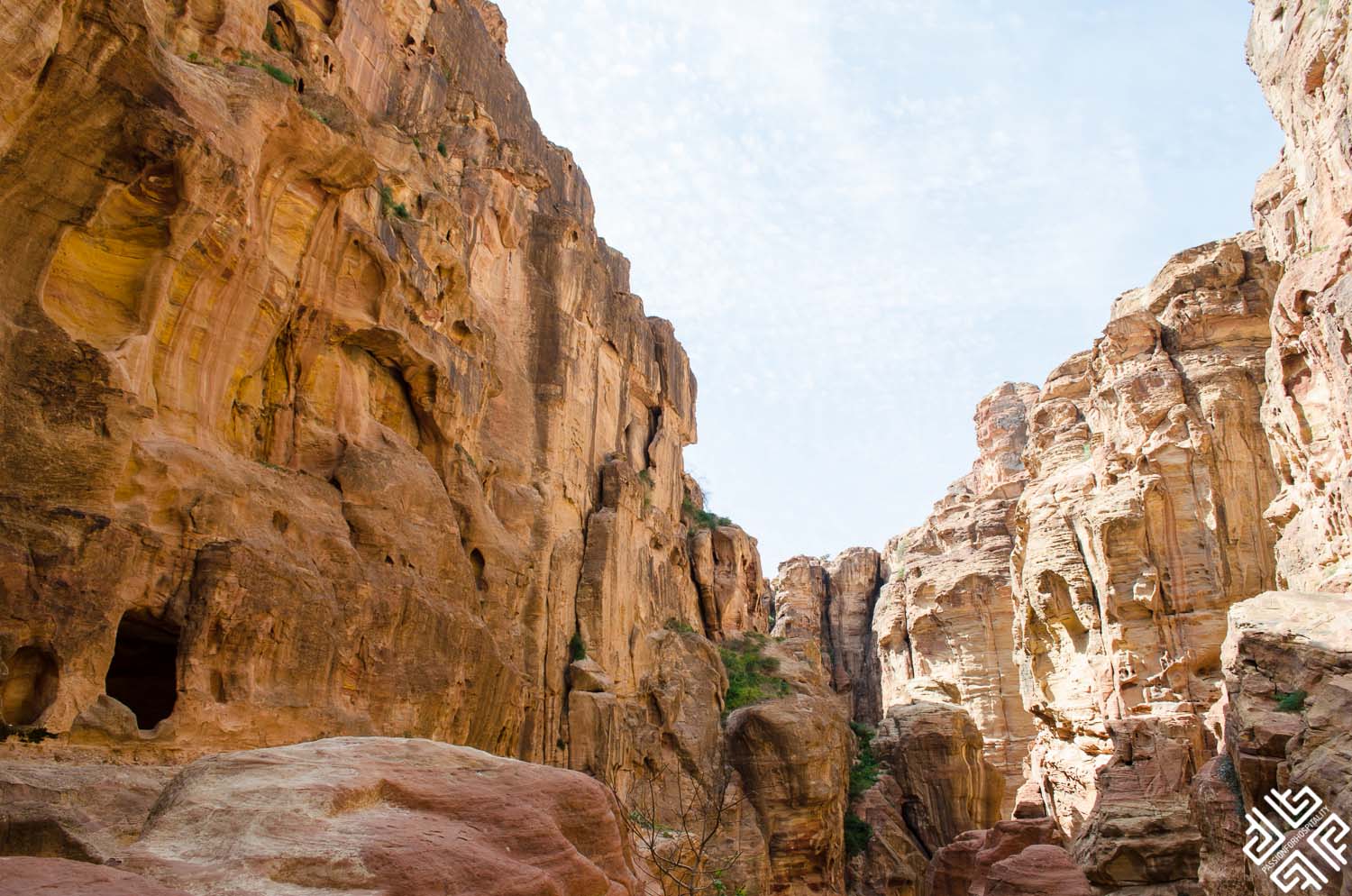
Walking through this impressive natural rock formation which has withstood the test of time Salah showed us the terracotta pipes that were part of the water system created by the Nabateans to bring water from the Valley of Moses into the city.
The original dams are also visible in certain parts of the Siq which collected water and prevented the city from flooding. Be prepared to walk for about 40 minutes and soak in the energy from the surrounding rocks.
The Treasury
As we approached the end of the Siq the narrow passage opened up to the most awe-inspiring creation — the famous Treasury that gradually reveals itself as you take one more step exiting the narrow canyon.
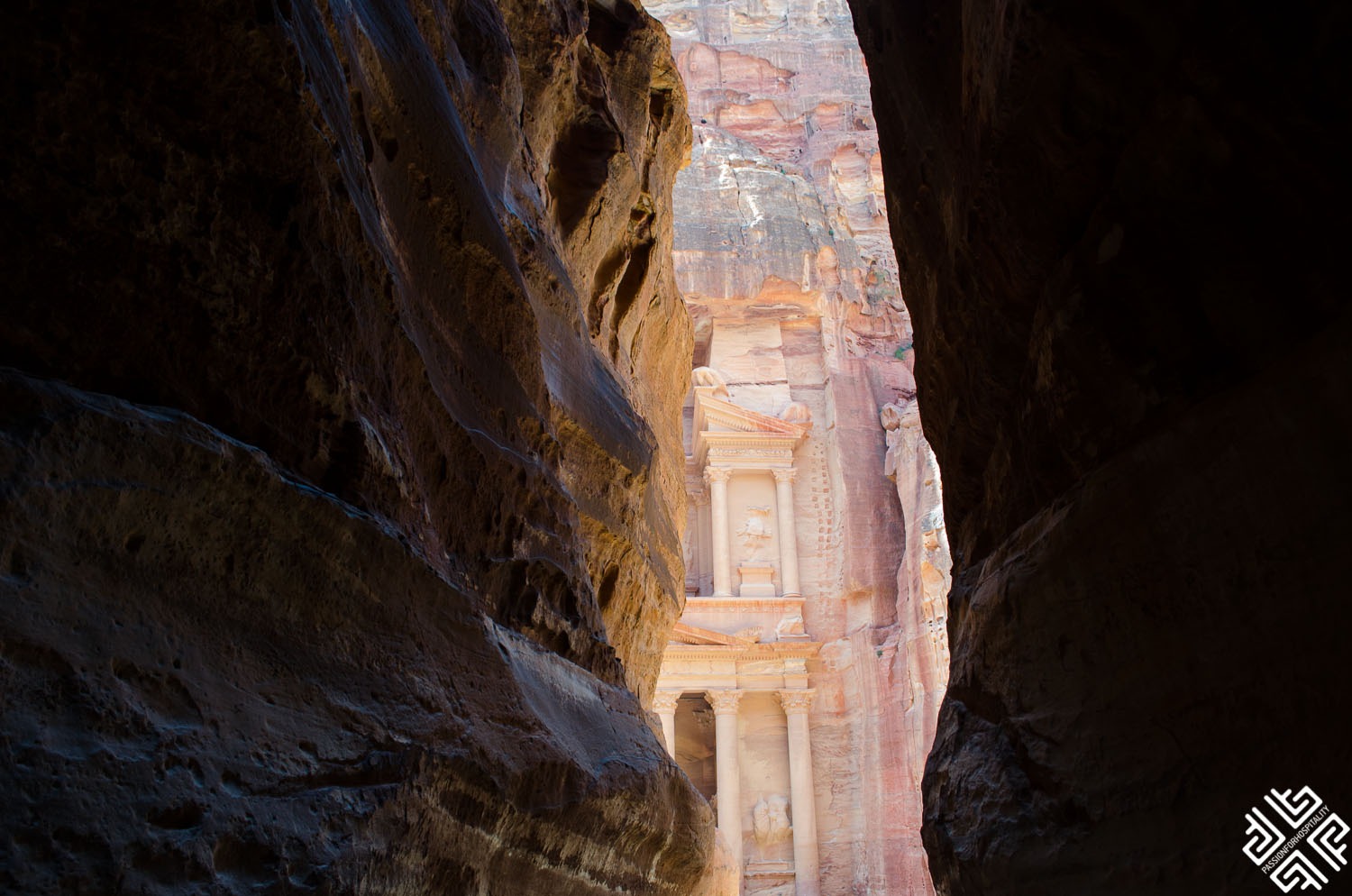
As the saying goes, there is light in the end of the tunnel — the kind of light that takes your breath away. That very moment as you stand facing the rose colour sun-struck façade known as the Khazneh or the Treasury a mixture of feelings suddenly wash over you, something familiar, yet strange and astonishingly beautiful. That very moment you begin to realize that human power goes beyond imagination, as you witness this miracle right in front of your eyes.
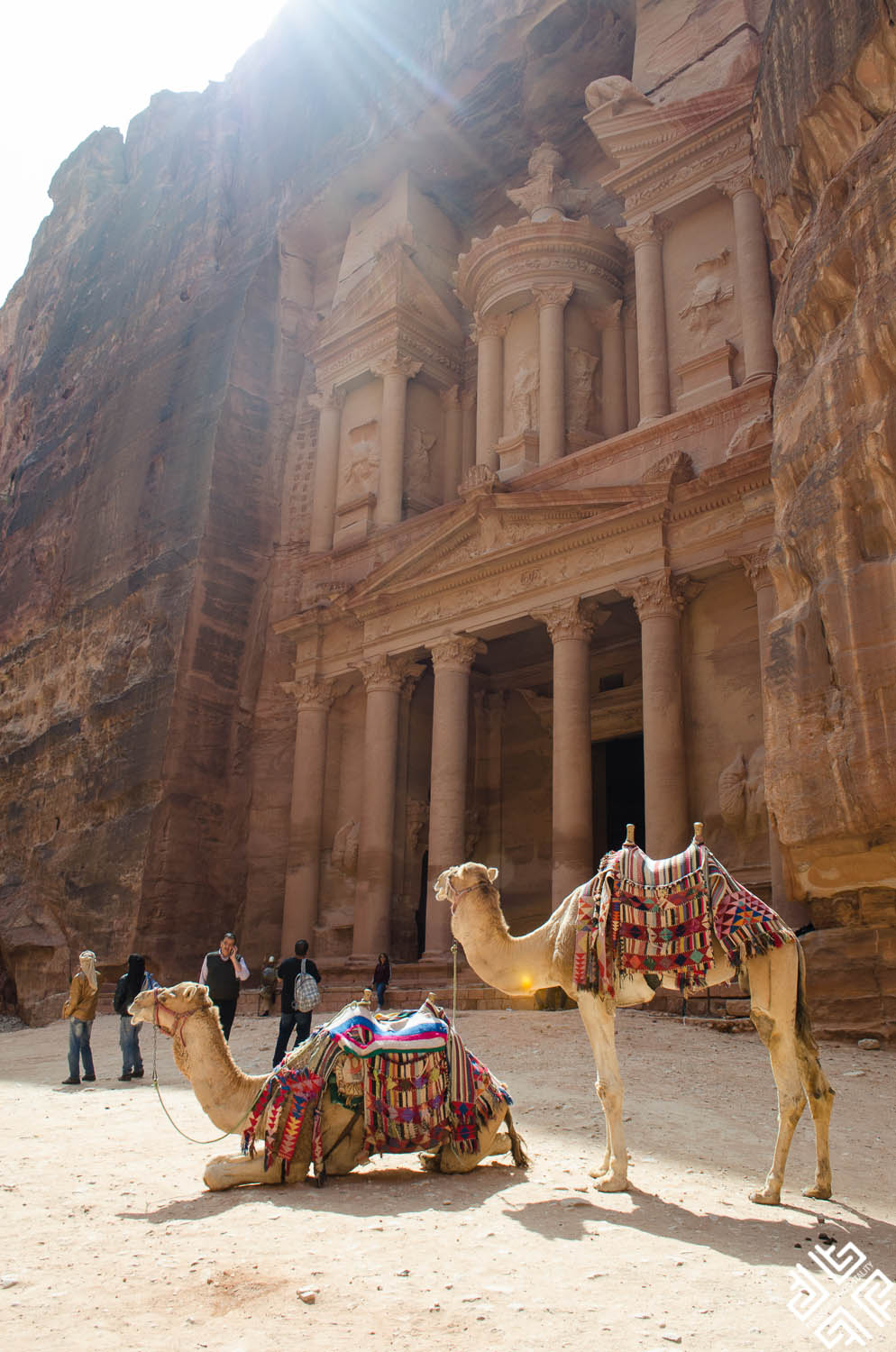
And then you begin to wonder, trying to understand, who were these Nabateans that had the vision and the imagination to carve something so special and unique that takes us thousands of years back. The area inside the Treasury is hollow, if you come closer and look down there are two staircases which lead to the tombs which lay underneath the ground and then if you gaze to the other side across from the Treasury you will see evidence of only the top part of the ancient tombs. What lies below and how deep it goes is yet to be discovered.
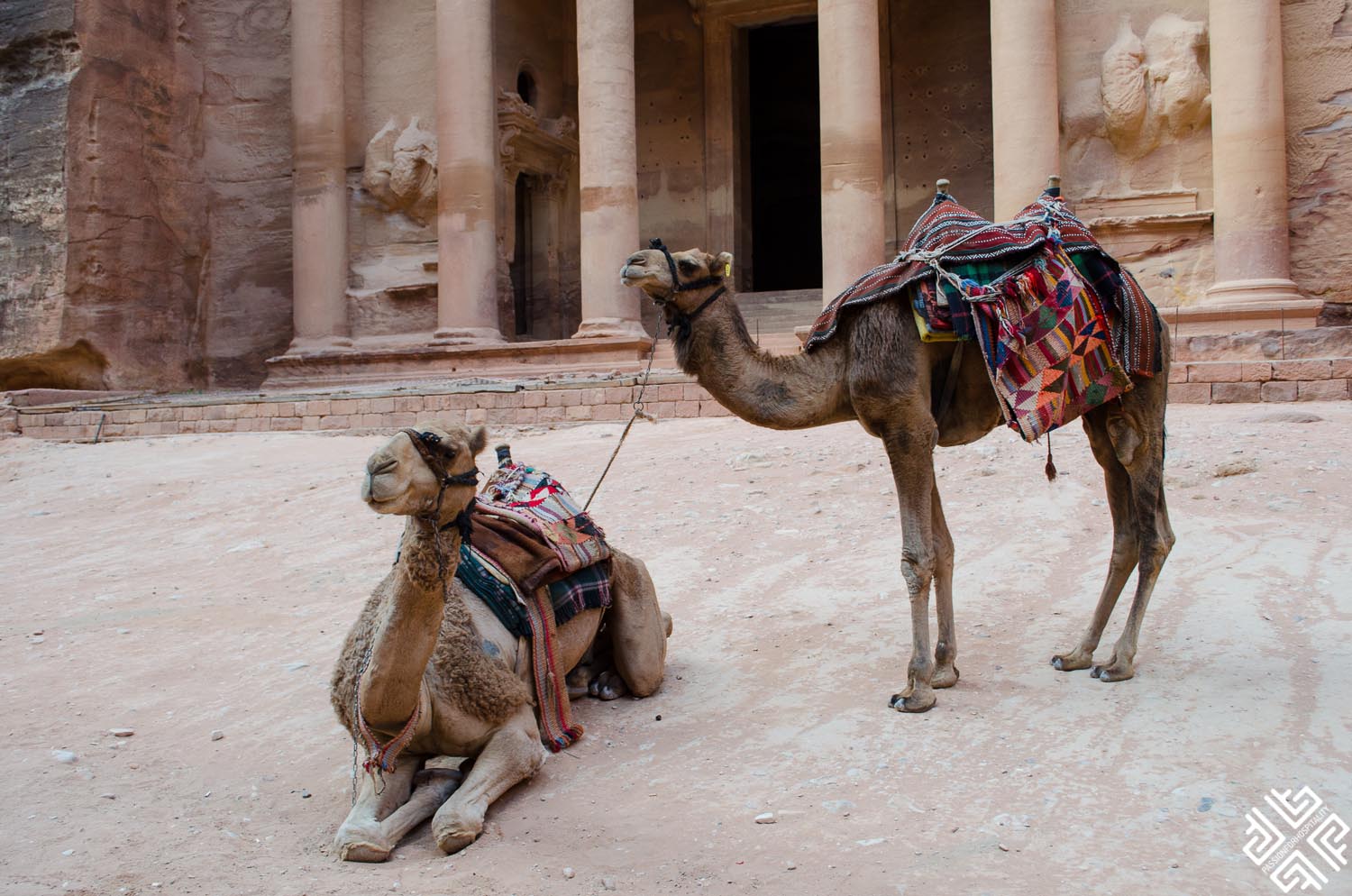 The square of the Treasury is a bustling place, there are the camels which have found their resting place, then there are the Bedouins who will try to sell you jewellery, souvenirs and postcards.
The square of the Treasury is a bustling place, there are the camels which have found their resting place, then there are the Bedouins who will try to sell you jewellery, souvenirs and postcards.
Every conversation starts with 1 dinar as they try to lure you in to buy their goods. If you kindly reject, they will say “Later madame, think about it ok….” You will have to do plenty of thinking as you will come across numerous offers along the way. They will try to sell you camel rides, donkey rides over and over again. 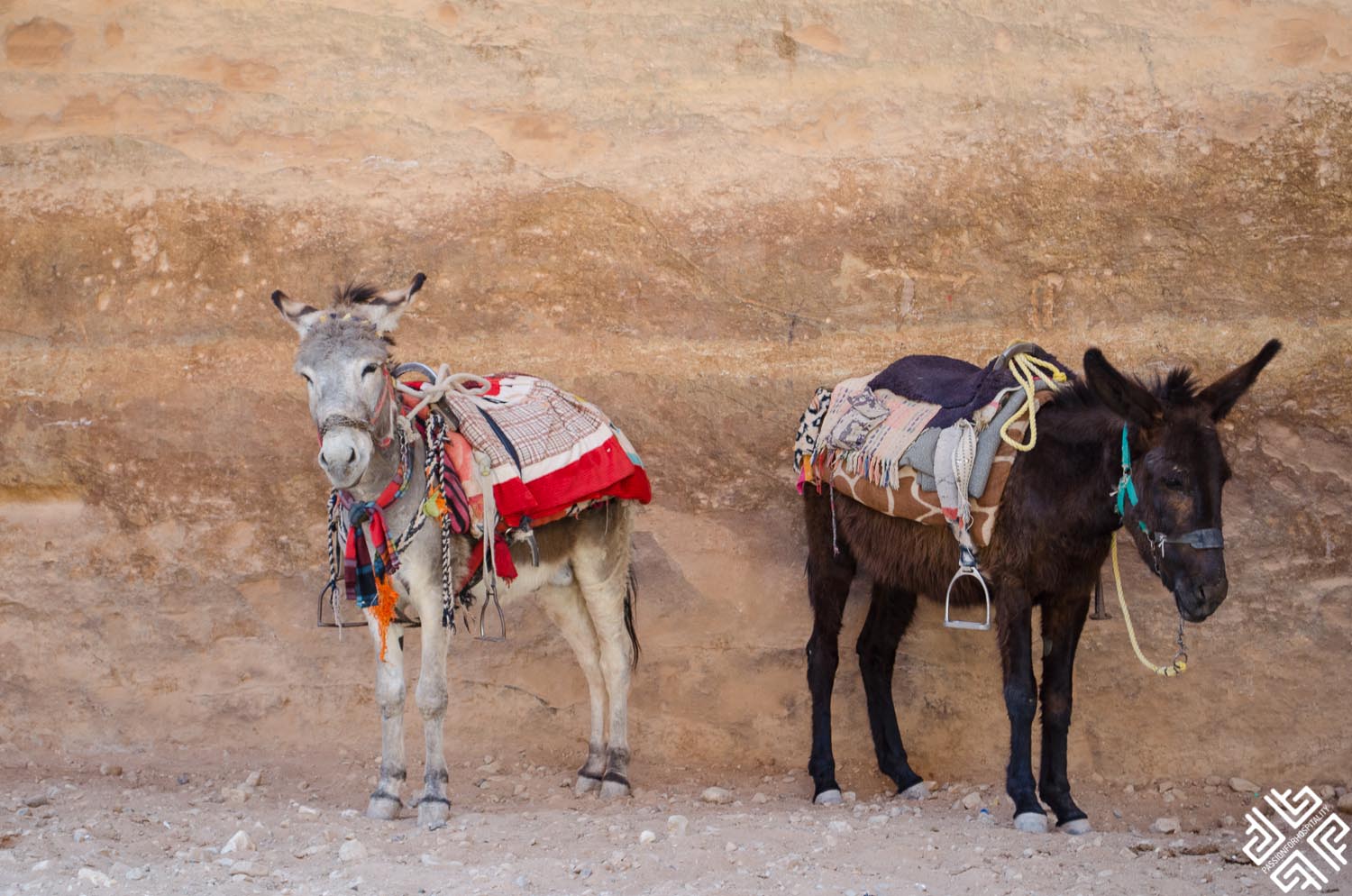 You will be surprised by their perfect accents and the number of languages they speak. My friend later told me that the Bedouins are masters of patience, life in the desert has made them this way. It is also part of their culture not to easily forgive or forget.
You will be surprised by their perfect accents and the number of languages they speak. My friend later told me that the Bedouins are masters of patience, life in the desert has made them this way. It is also part of their culture not to easily forgive or forget. 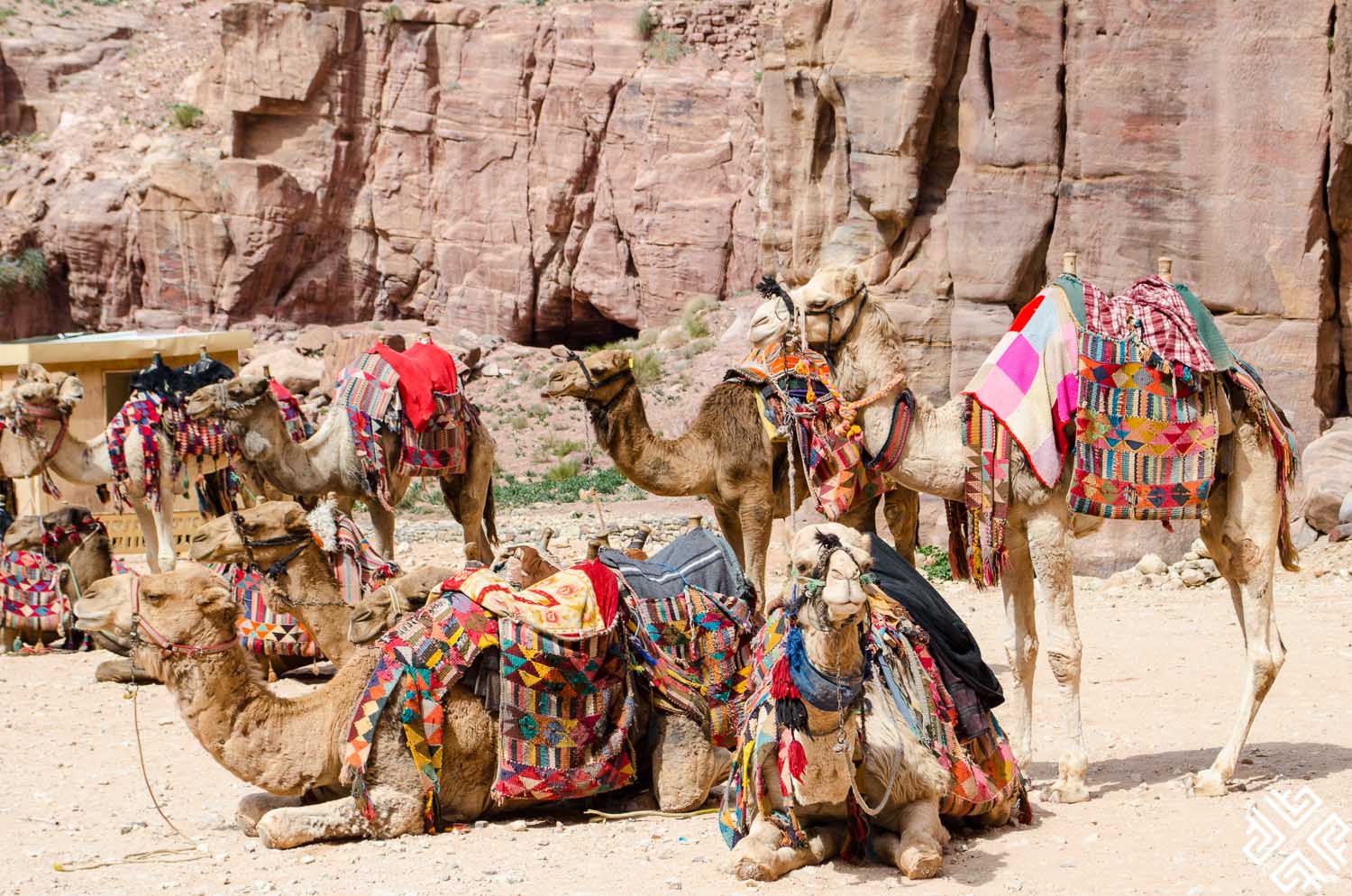 After the Treasury we continued our trail passing the Street of Facades covered with Nabatean burial interfaces. Along the trail you will pass a few more sellers and little shops, one of them is owned by a lady named Marguerite van Geldermalsen which is a remarkable true story of a young nurse from New Zealand who came to Petra in 1978 and married a Bedouin.
After the Treasury we continued our trail passing the Street of Facades covered with Nabatean burial interfaces. Along the trail you will pass a few more sellers and little shops, one of them is owned by a lady named Marguerite van Geldermalsen which is a remarkable true story of a young nurse from New Zealand who came to Petra in 1978 and married a Bedouin.
Marguerite has written a book called Married to a Bedouin about her life in Petra, and we got to meet her as she was there on that day. 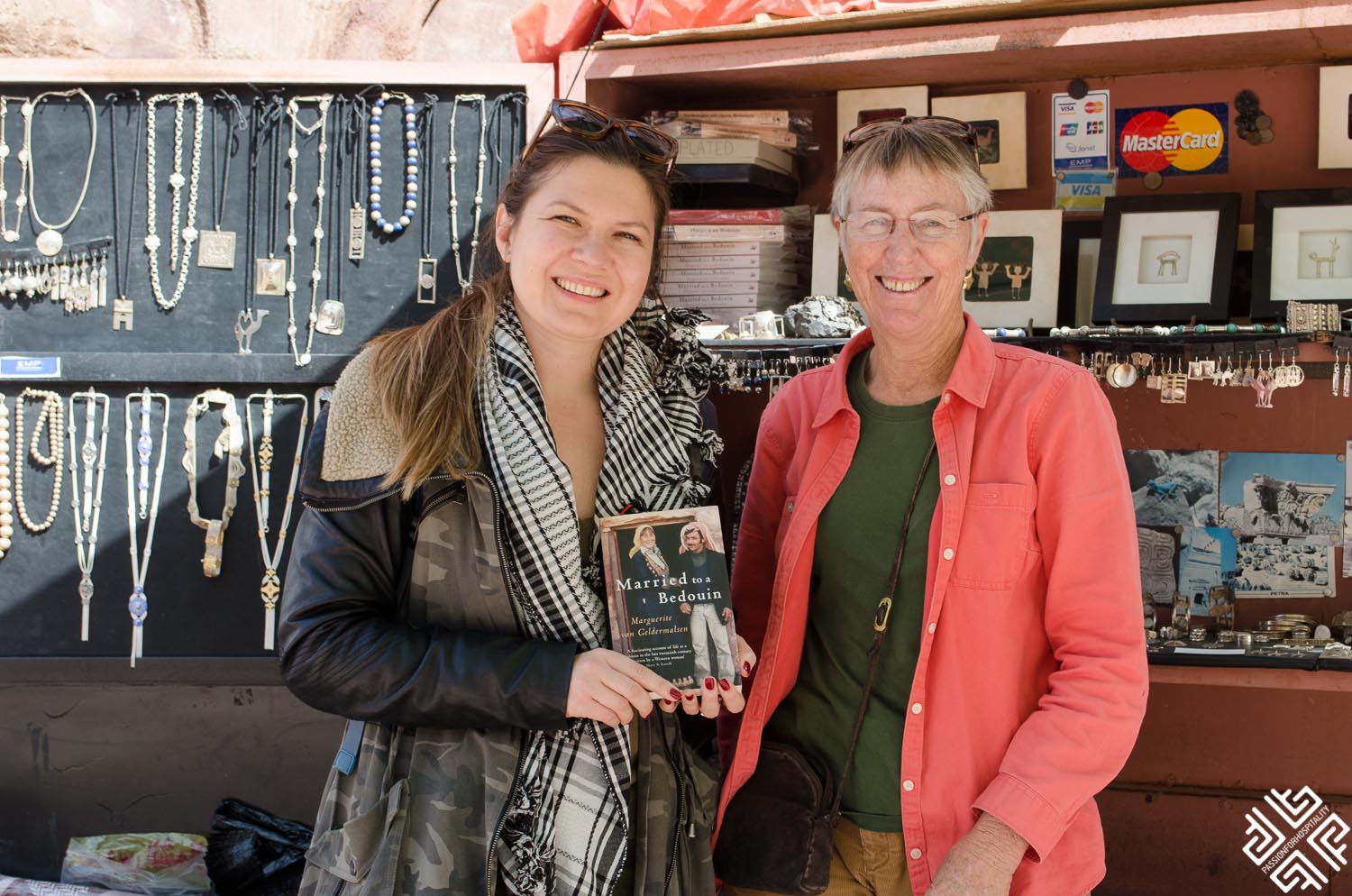
Lunch at the Basin Restaurant
We then stopped for a lunch break at the Basin Restaurant which is operated by the Crowne Plaza Hotels & Resorts. The restaurant is set on the site of Petra surrounded by the ruins of the Rose City. 
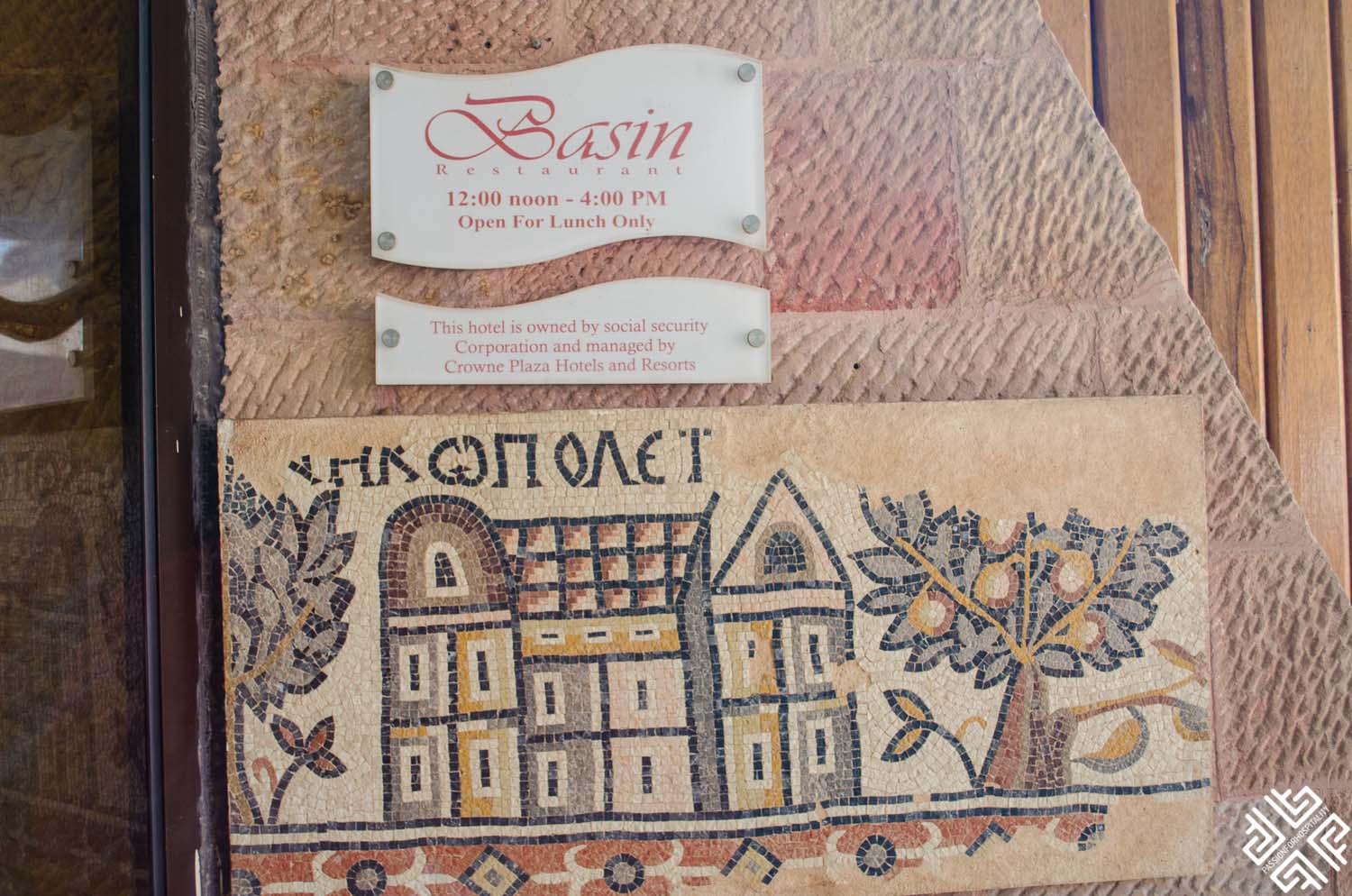 It serves buffet style lunch from 12:00 to 16:00. There is both an indoor and outdoor sitting area. The selection of dishes includes salads, Arabic dishes, selection of hot dishes and desserts. The price per person is approximately 29$ and does not include beverages.
It serves buffet style lunch from 12:00 to 16:00. There is both an indoor and outdoor sitting area. The selection of dishes includes salads, Arabic dishes, selection of hot dishes and desserts. The price per person is approximately 29$ and does not include beverages.
Ad-Deir – The Monastery
After lunch Salah suggested that we hike up to the Ad-Deir or The Monastery which is located high up in the mountains above the city of Petra.  Perhaps it is easier to hike on an empty stomach, but be prepared to walk a lot, approximately 900 steps until you reach the top, but it is definitely worth it.
Perhaps it is easier to hike on an empty stomach, but be prepared to walk a lot, approximately 900 steps until you reach the top, but it is definitely worth it.
The Ad-Deir is larger than the Treasury and it is said that it must have been carved as a memorial or temple for the deified Nabataean king Obodas I.
The monument dates back to 2nd century AD and measures 47m wide by 48.3m high. There is a relaxing area across from The Monastery where you can sit and enjoy a beverage. 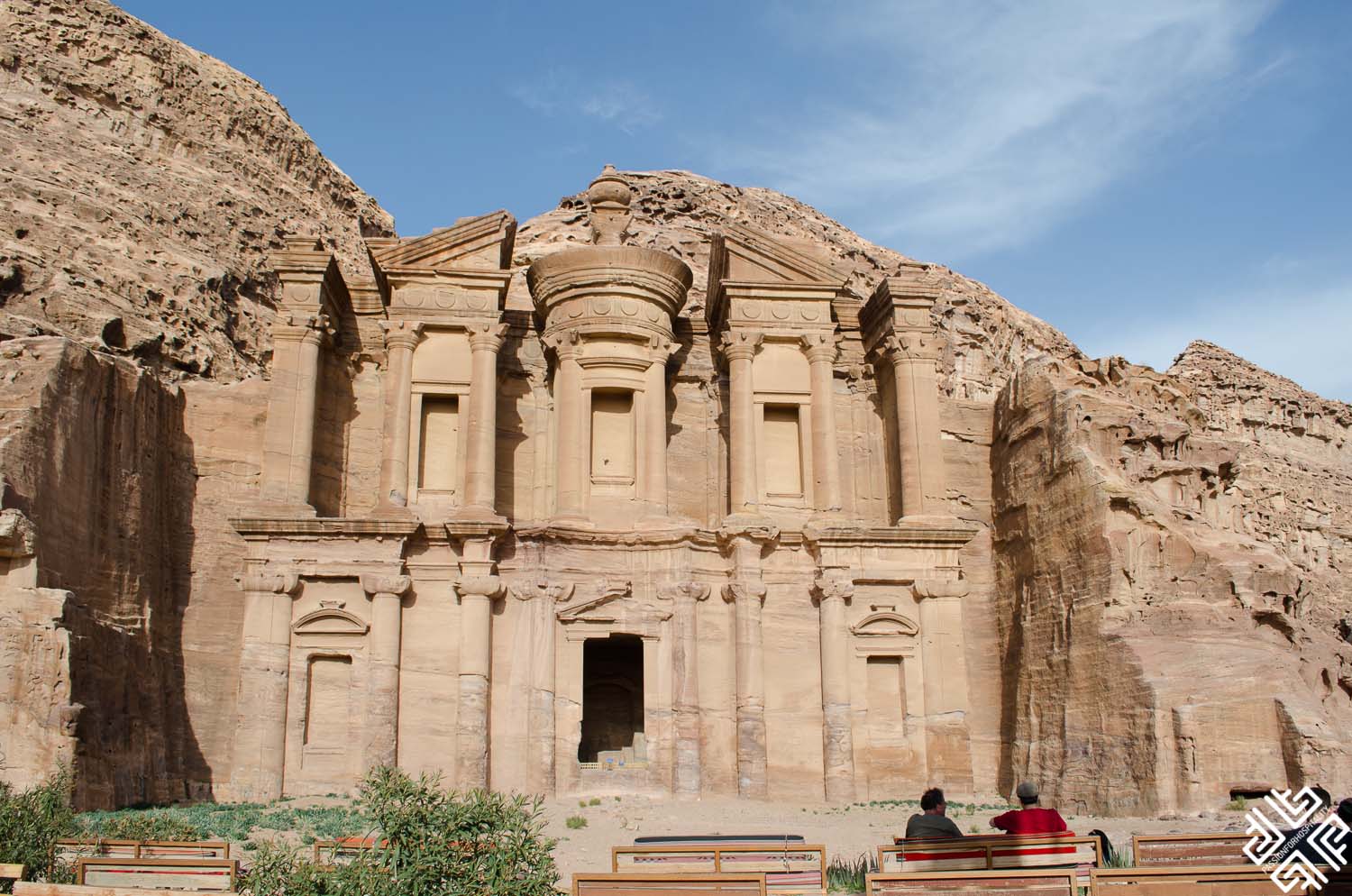
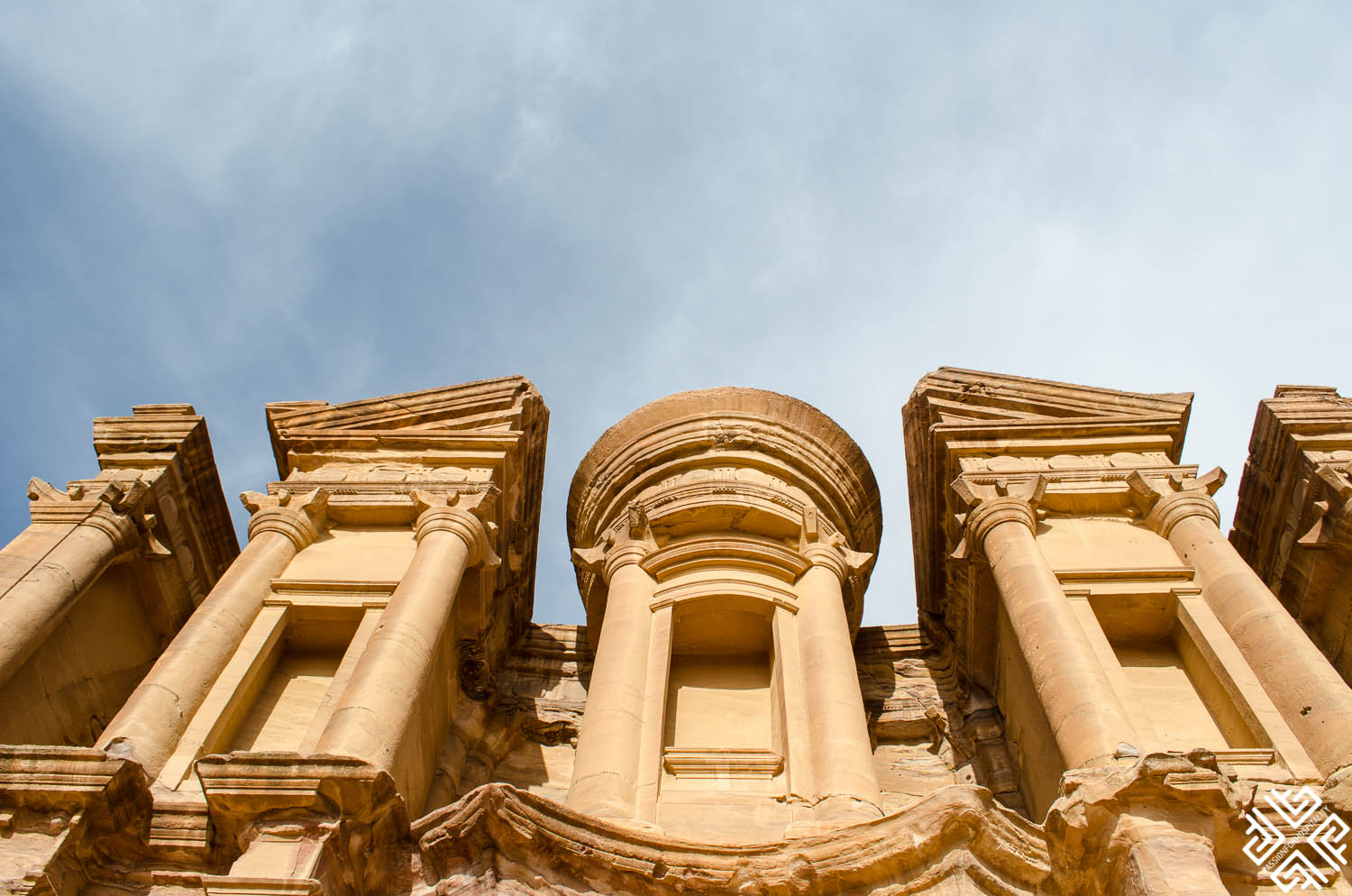
Petra by Night
In the evening we returned to experience Petra by Night. It runs three times a week on Monday, Wednesday and Thursday starting at 20:30. The meeting point is at the Visitor Centre where everyone starts walking towards the Treasury following the candle lit route through the Siq.  It is a completely different feeling being there at night especially having spent the whole day hiking through this magical place. The walk is peaceful but make sure to wear comfortable shoes as it is very dark and you cannot see where you are going. As we reached the Treasury there were hundreds of candles twinkling in the night. We were asked to take a seat, there were rugs placed on the ground and a few tables with benches also. Once everyone was seated we enjoyed some Bedouin music accompanied with tea.
It is a completely different feeling being there at night especially having spent the whole day hiking through this magical place. The walk is peaceful but make sure to wear comfortable shoes as it is very dark and you cannot see where you are going. As we reached the Treasury there were hundreds of candles twinkling in the night. We were asked to take a seat, there were rugs placed on the ground and a few tables with benches also. Once everyone was seated we enjoyed some Bedouin music accompanied with tea. 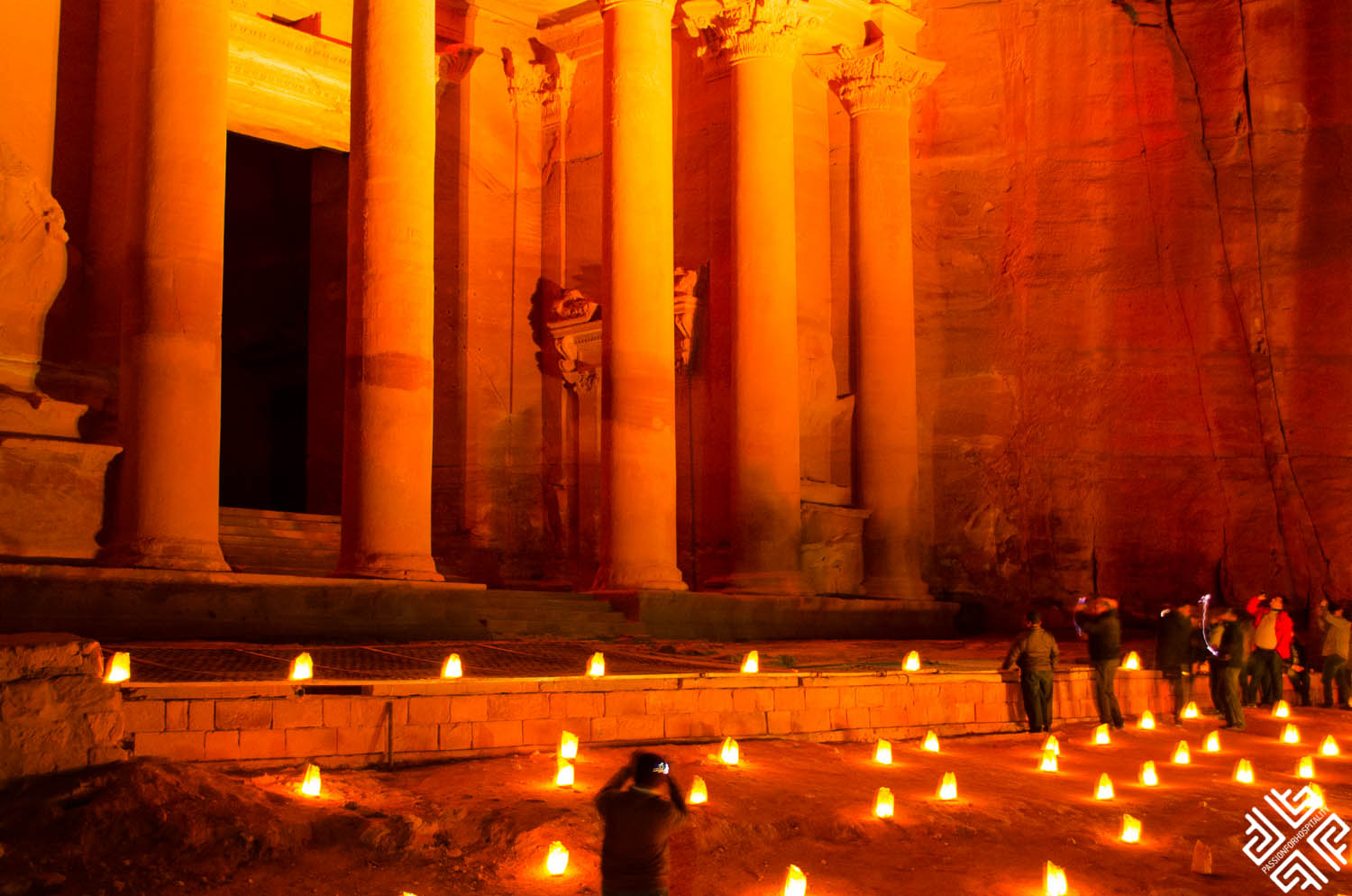 In the end the Treasury was lit up by a projected light and after allowing some time to take photos, which is quite difficult in the dark so be prepared. I was lucky that I had taken my tripod with me but even so it was difficult to set it up as there were many people. Afterwards we walked back to the Visitor Centre. The whole experience takes approximately two hours. If you plan to visit Petra by Night I recommend that you first experience it in the morning as nothing beats the awe of discovering the Treasury in the sunlight.
In the end the Treasury was lit up by a projected light and after allowing some time to take photos, which is quite difficult in the dark so be prepared. I was lucky that I had taken my tripod with me but even so it was difficult to set it up as there were many people. Afterwards we walked back to the Visitor Centre. The whole experience takes approximately two hours. If you plan to visit Petra by Night I recommend that you first experience it in the morning as nothing beats the awe of discovering the Treasury in the sunlight. 
Where to Stay?
We stayed at the 5 star Mövenpick Resort Petra which enjoys a prime location directly at the entrance of the historic city of Petra.  The interior of the resort has its own distinct style combining elements of both oriental flair complemented by the touches of Middle Eastern fabrics and textures.
The interior of the resort has its own distinct style combining elements of both oriental flair complemented by the touches of Middle Eastern fabrics and textures.
The hotel features 183 rooms and suites. We stayed in a Superior Room with a view of Petra Mountains. The room is 28 square meters with Twin Beds, a desk and a sitting area. There is tea and coffee making facilities in the room, free WiFi and complimentary minibar. 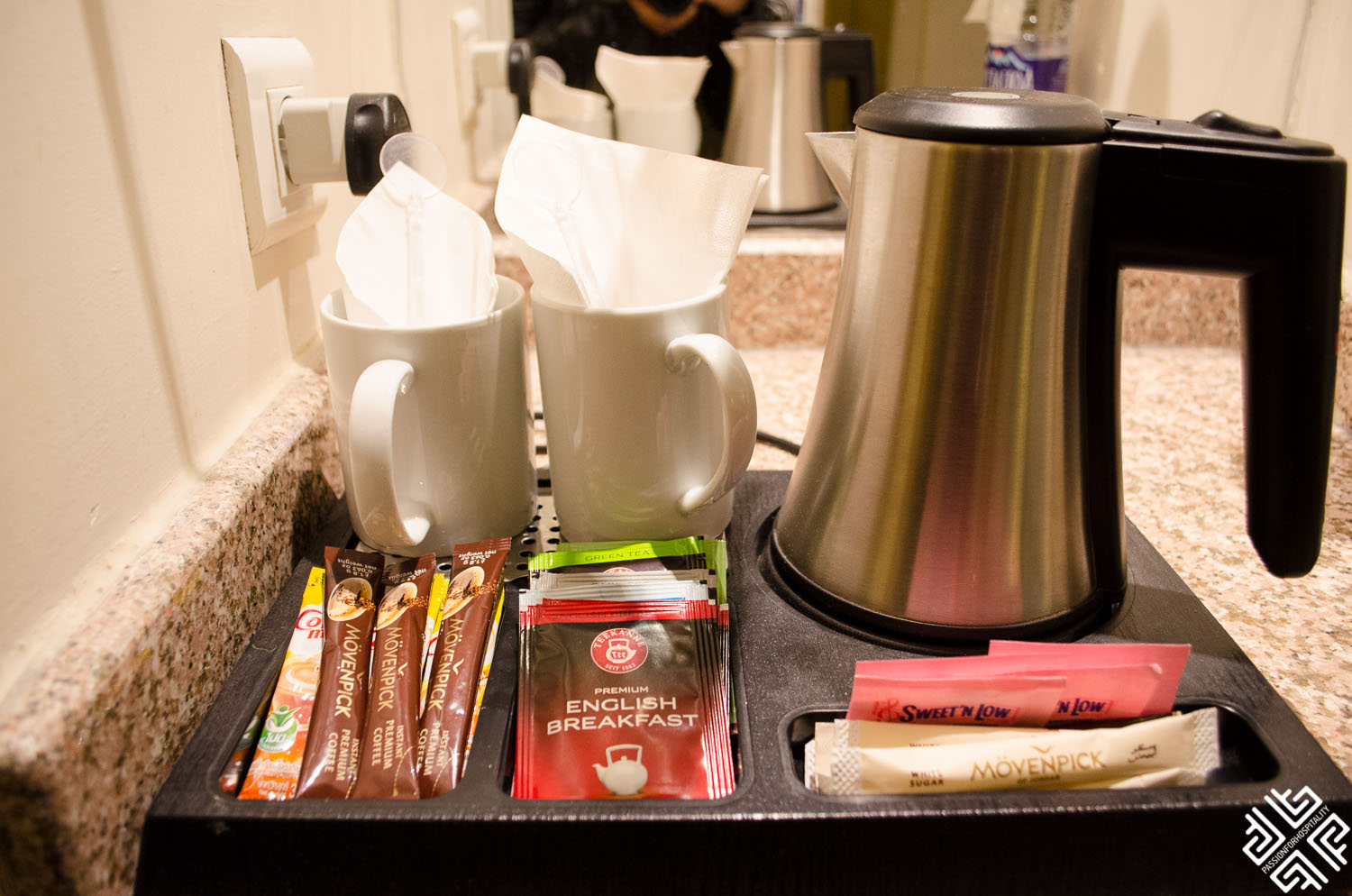 The bathroom has a bathtub and comes with a complete set of Lisan Dead Sea bathroom amenities.
The bathroom has a bathtub and comes with a complete set of Lisan Dead Sea bathroom amenities.
Breakfast was served buffet style at the Al Saraya which is an all-day dining restaurant. There was a good selection of cold cuts and cheeses, fresh vegetables, hot dishes, eggs or omelette of choice made on the spot, pastries and freshly baked goods. The staff was very friendly and professional. 
The hotel also features many recreational opportunities such as an outdoor pool, steam bath and fully equipped gym which I didn’t use as I was only there for one night. 
Visitor Information
The Admission Fee to Petra Fees for the accommodated visitor: Visitor who stays at least one night in Jordan is: 50 J.D (approximately 65 Euro) for one day, 55 J.D (approximately 72 Euro) for two days and 60 J.D (approximately 79 Euro) for three days Fees for non-accommodated visitor: 90 J.D. (approximately 118 Euro) Petra By Night The entrance fee for Petra by Night is 17 J.D(approximately 22 Euro); children less than 12 years are admitted free of charge. Tickets can be bought at the Visitor Centre shops, local tour agencies in Petra or at your hotel reception. Wondering what to pack for Jordan? Click here. 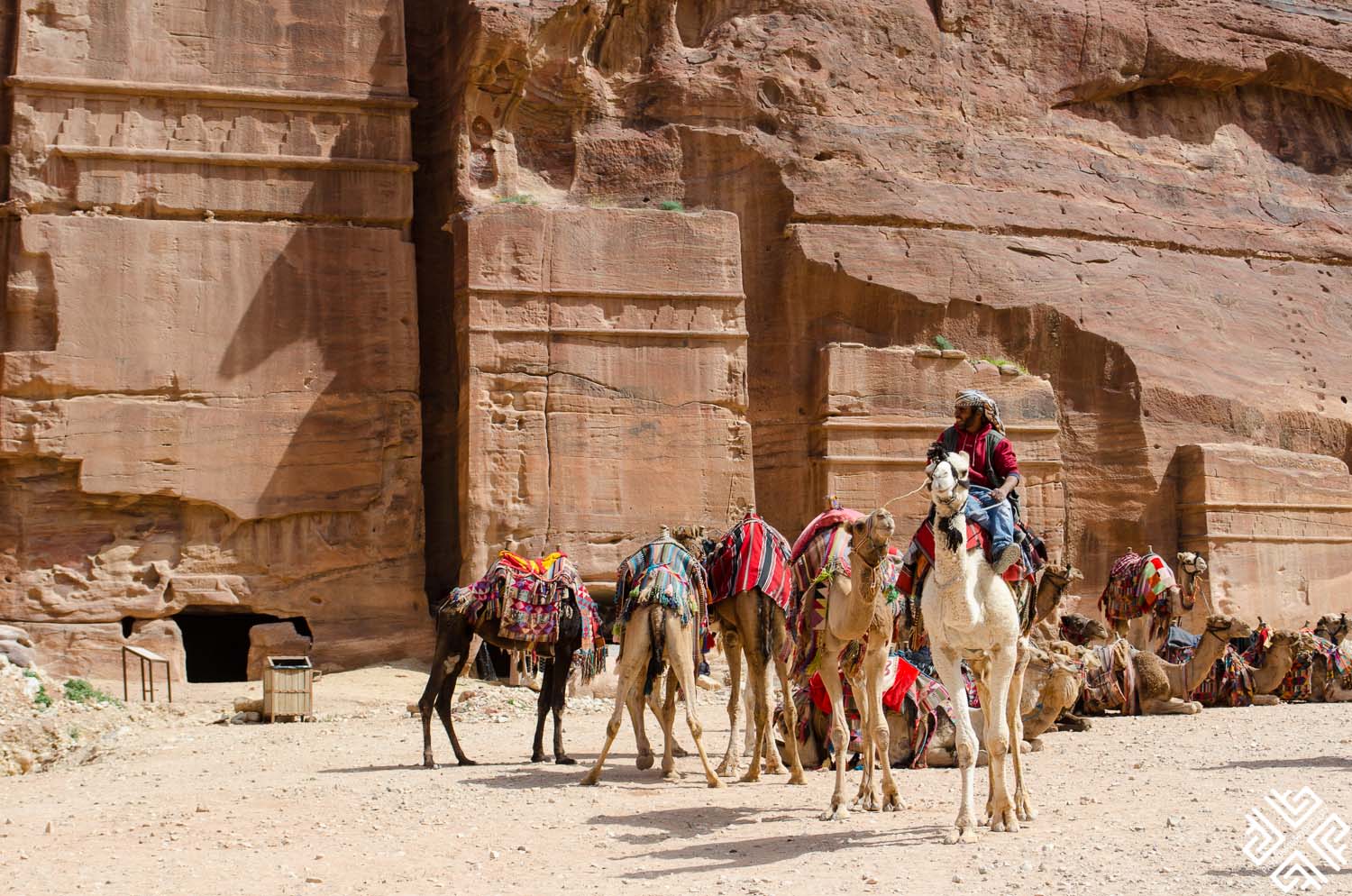 Have you been to Petra? What did you like most? Stay tuned for a second post on what to do in Petra. *The trip to Petra was arranged by Jordan Tourism Board, all opinions expressed are my own.
Have you been to Petra? What did you like most? Stay tuned for a second post on what to do in Petra. *The trip to Petra was arranged by Jordan Tourism Board, all opinions expressed are my own.
Pin for later…
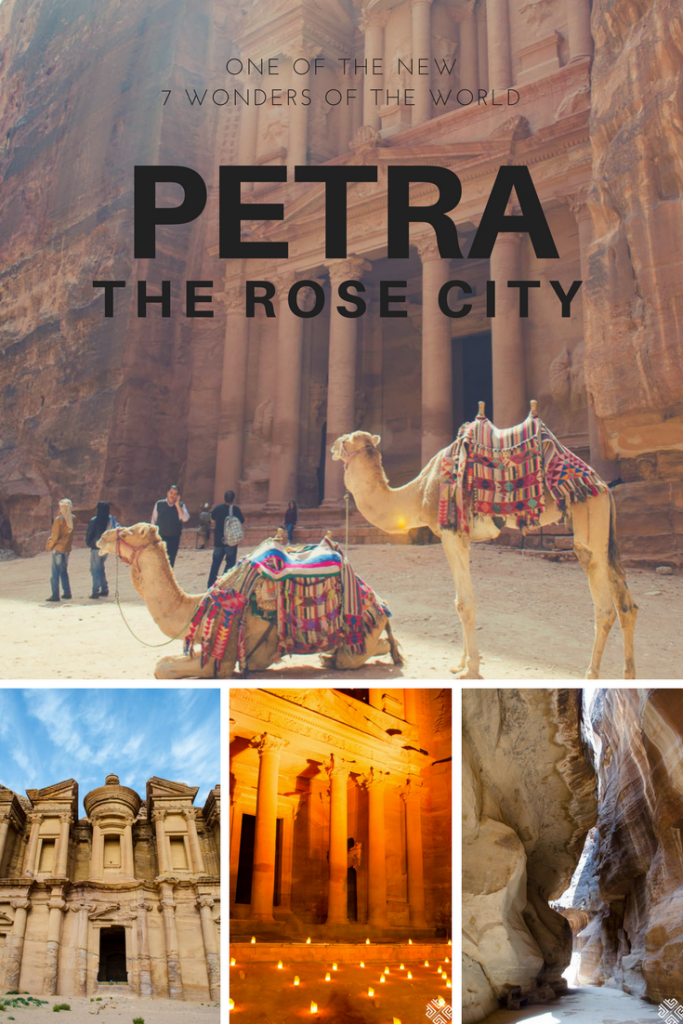
The post Discovering Petra: Day One appeared first on Passion for Hospitality.

